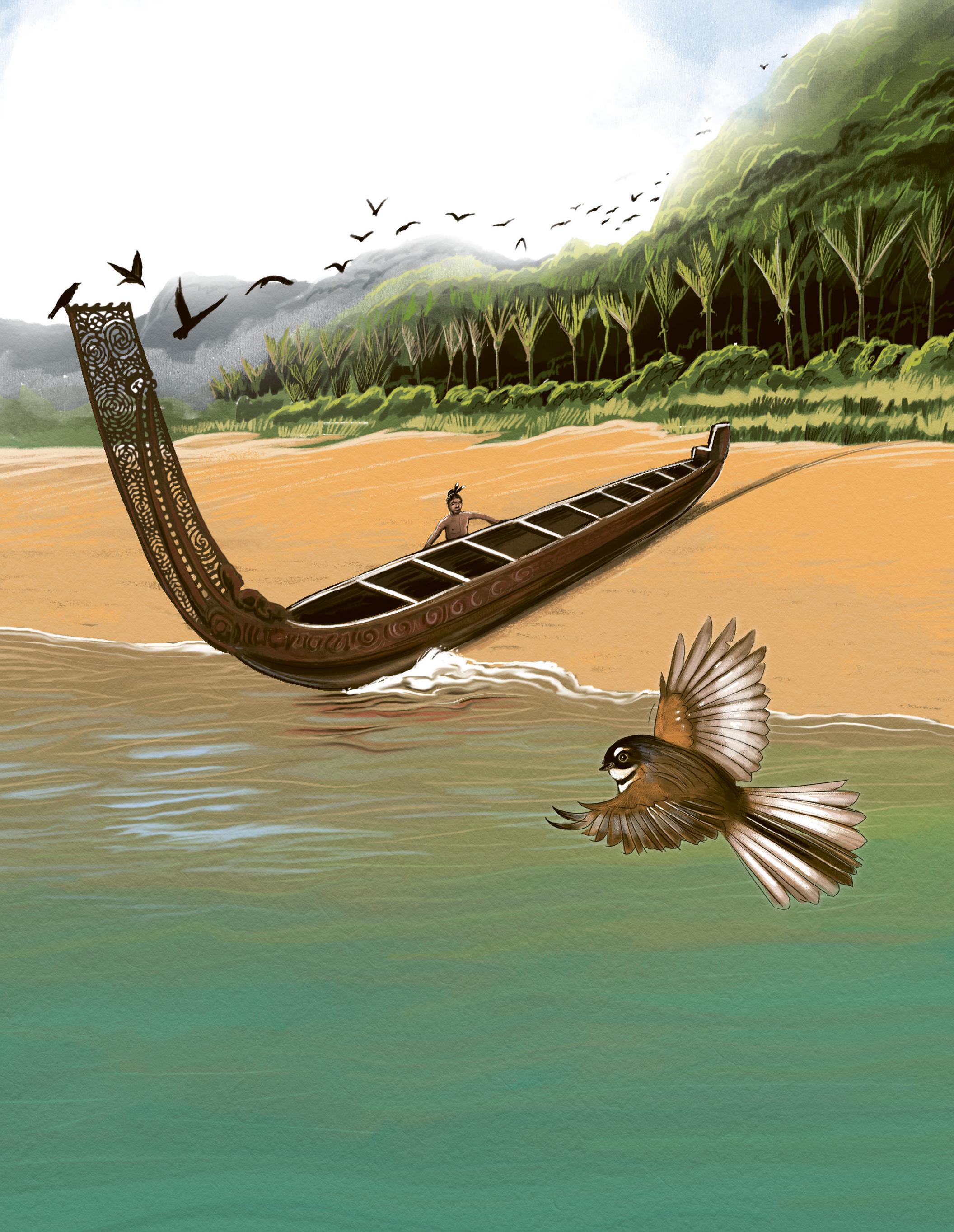

TE PAPA PRESS
Te Papa Press books for children channel the mana and knowledge held in our national museum, Te Papa Tongarewa.
These beautifully produced books by award-winning illustrators and storytellers are backed by curators and experts in Mātauranga Māori, science, history, Pacific cultures and art. They are books that inspire wonder and curiosity, and they are books you can trust.
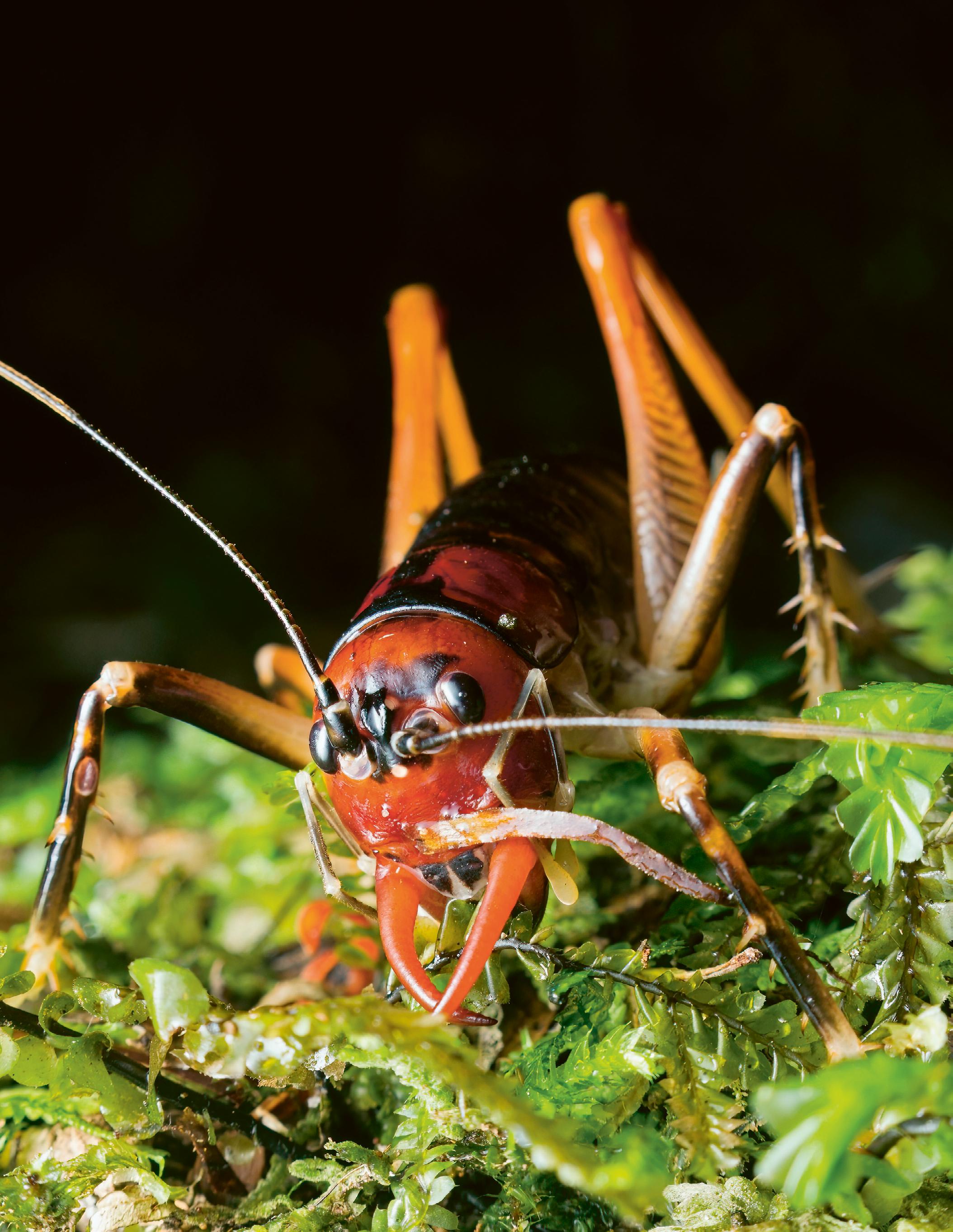
GET CLOSE TO NATURE
Rākau
The Ancient Forests of Aotearoa
NED BARRAUD
This beautifully illustrated and handsomely packaged guide to the evolution, habitats and variety of the rākau (trees) and ngahere (forests) of Aotearoa for young readers is written and illustrated in award-winning Ned Barraud’s hallmark accessible, informative and captivating style.
Featuring gatefolds and framed throughout by core mātauranga Māori and the expertise of curators at Te Papa, New Zealand’s national museum, Rākau takes young readers from pre-history to the present day. It introduces key species and highlights the significance and use of different native trees and the impact of humans on their vitality.
Ideal for both the library and home, this engrossing book helps young readers discover what makes our rākau so special and worthy of our care.
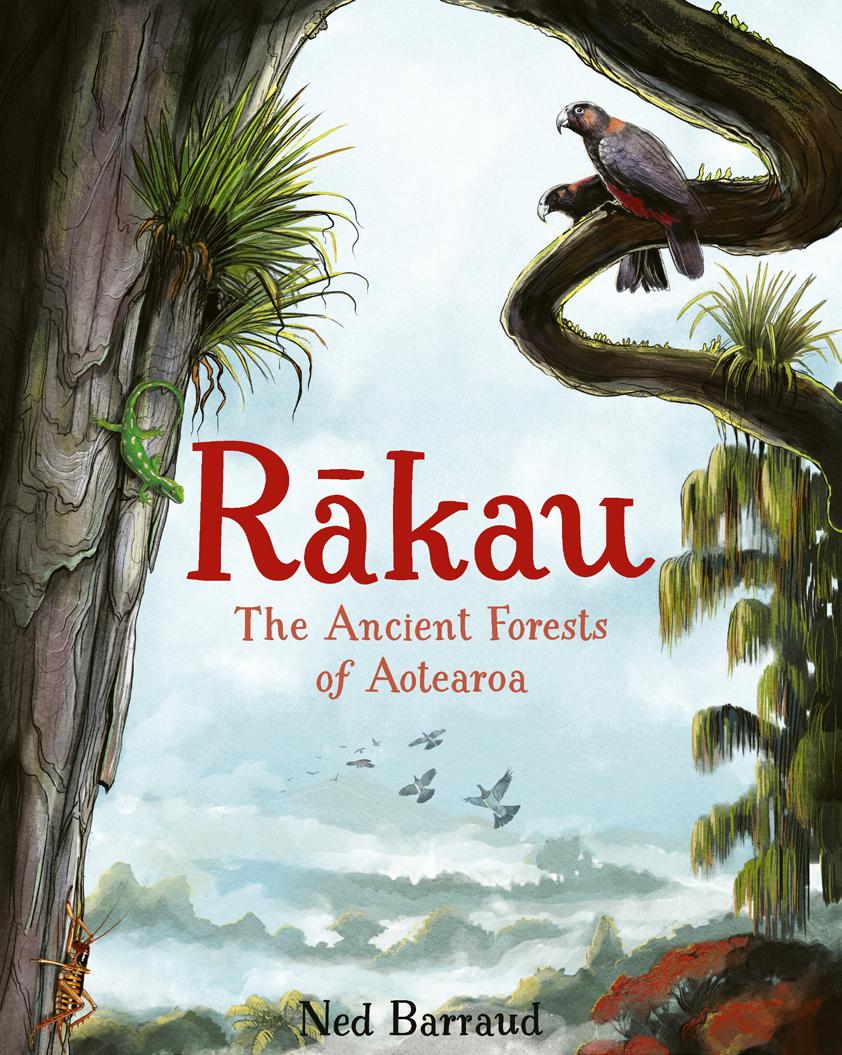
NED BARRAUD is an author/illustrator of over twenty children’s books exploring the natural world. These include Tohorā: The Southern Right Whale, Rock Pools: A Guide for Kiwi Kids, New Zealand’s Backyard Beasts and Mangō: Sharks and Rays of Aotearoa, the last of which won an award for children’s natural history at the 2024 Whitley Awards. Along with author Gillian Candler, he has also illustrated the popular Explore & Discover series, which includes the prize-winning At the Beach.
PUBLISHED: September 2025
ISBN: 978-1-99-107206-1 Hardback, 270 x 210 mm, 48 pages, $35
“These trees aren’t just scenery –they’re ancient, living guardians. I hope readers come away with a clearer sense of what Aotearoa once was, and what still remains.”
Ned Barraud, Author Q&A
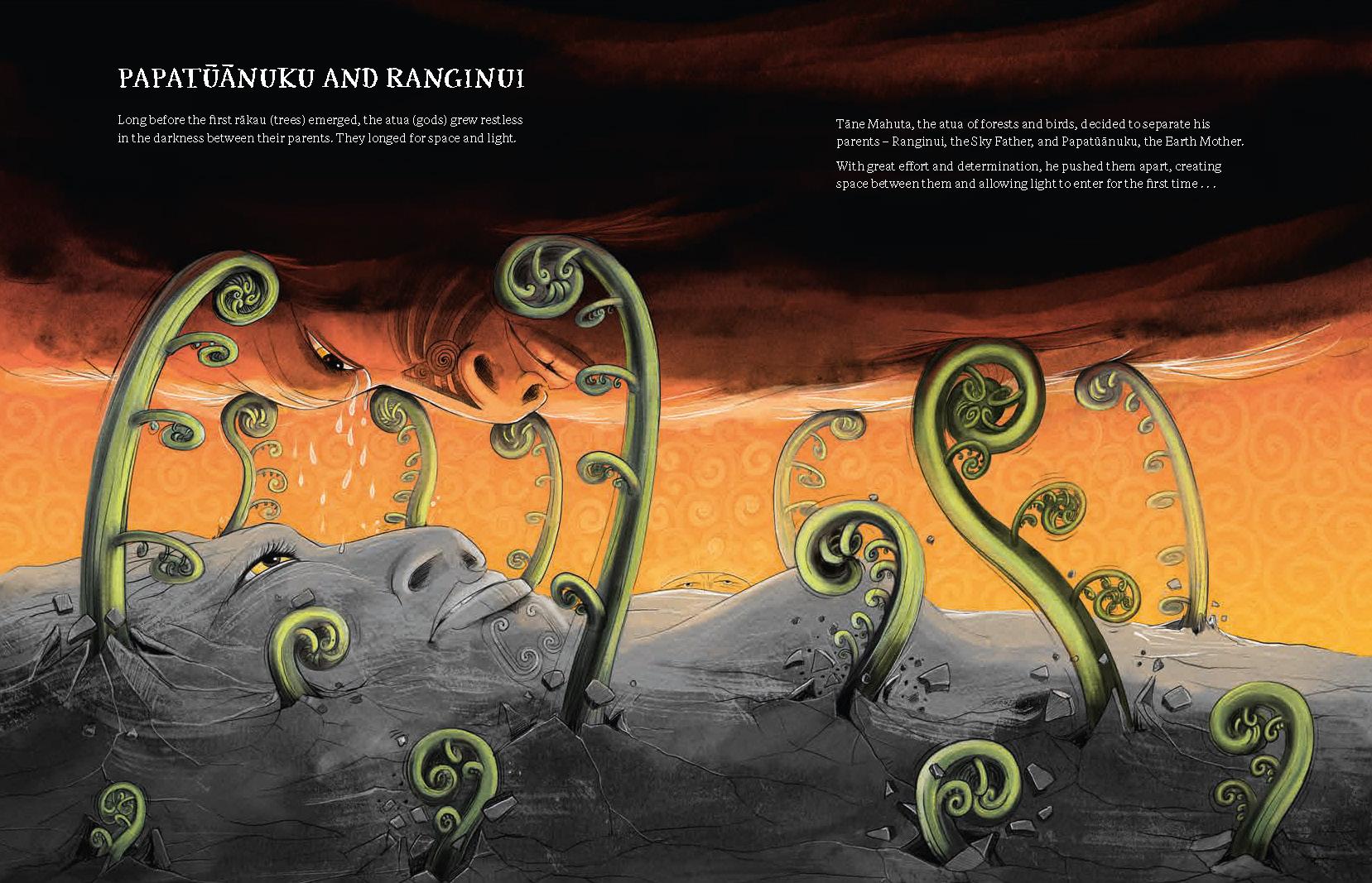
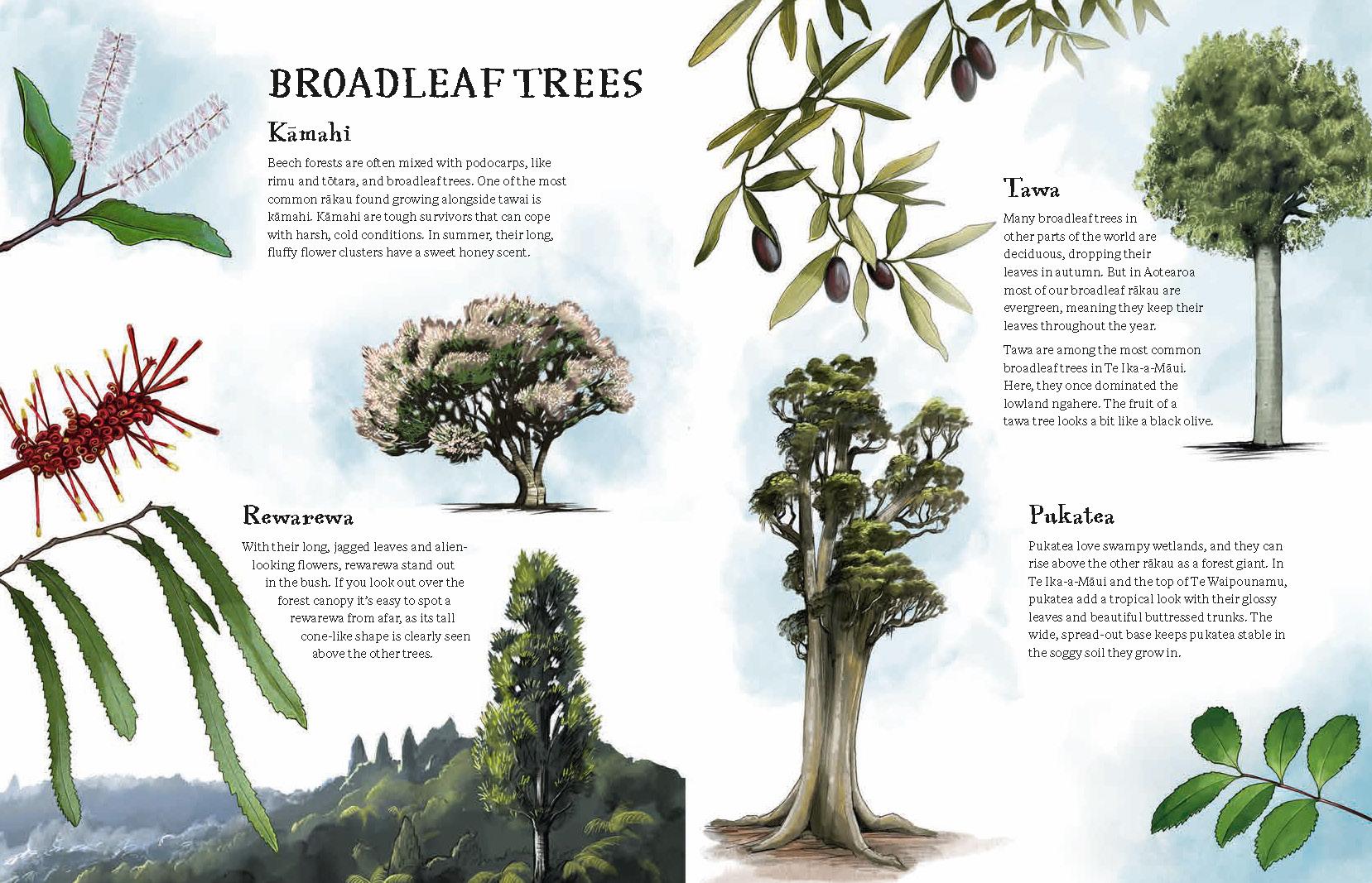
The Incredible Insects of Aotearoa
SIMON POLLARD AND PHIL SIRVID
What do you call a grasshopper dressed as a gladiator? Why are sandfly bites so itchy? What links insects and Māori whakairo (carving)? How does a glow worm glow? Why does this book include sorcerers, vampires and dragons? What makes insects in Aotearoa so special?
From our backyards to high in the mountains, through forests, along coastlines, and in the darkness of caves, award-winning science writer Simon Pollard and Te Papa insect expert Phil Sirvid answer these questions and more.
Share in the secrets and marvels of our natural world through stunning close-up photographs, mātauranga Māori, insightful explanations, and meet-the-expert profiles.
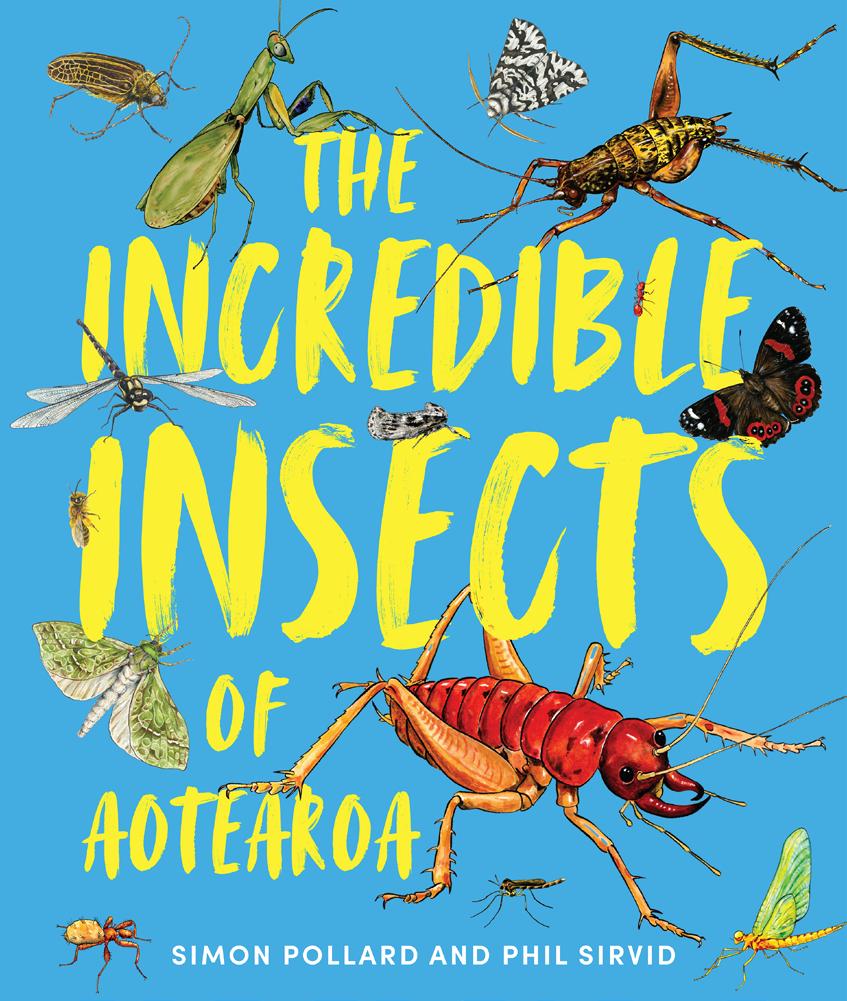
“...tailor-made to captivate young readers. Both authors, Simon Pollard and Phil Sirvid, are insect experts who have the ability to convey their enthusiasm in clear, simple prose.”
Trevor Agnew, The Source
SIMON POLLARD is a spider biologist and award-winning natural history photographer and writer. Since 2009, Simon has been Adjunct Professor of Science Communication at the University of Canterbury.
“Most of Aotearoa’s insects are found nowhere else on earth. That’s amazing to me, and I’d love people to share that sense of just how unique and special our insects are”
Phil Sirvid, Author Q&A
PHIL SIRVID is Curator Invertebrates in the Natural History Team at Te Papa. Phil has looked after the insect and arachnid collections and been involved in science outreach at Te Papa for over 30 years.
PUBLISHED: May 2025
ISBN: 978-1-99-107203-0
Limpbound, 260 x 220 mm, 112 pages, $35
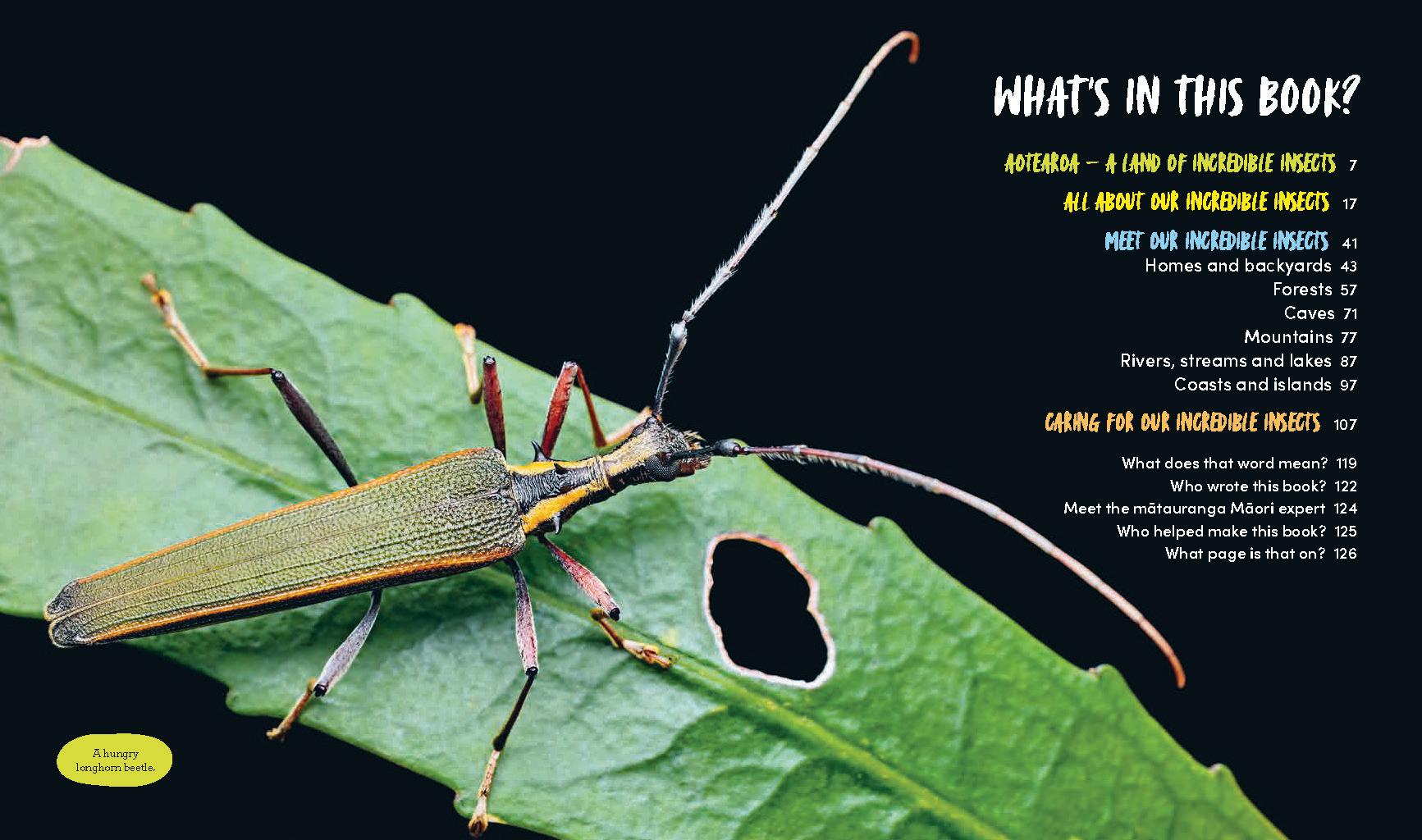

Mangō Sharks and Rays of Aotearoa
NED BARRAUD
The oceans surrounding Aotearoa New Zealand are home to over 100 astonishing and strange species of sharks and rays. This fact-filled book dives into the fascinating underwater lives of these expert hunters, illustrates their evolution and explores their place in our culture. And it explains why these ancient fish need our kaitiakitanga more than ever.
Written and illustrated by acclaimed children’s author and illustrator Ned Barraud, Mangō has also been developed with Andrew Stewart, Te Papa’s resident shark expert. Its impactful illustrations and educational, accessible text work together to appeal to curious young minds.
“The unique aspect to working on this book was having access to the museum and seeing all the amazing shark, ray and chimaera specimens kept in jars behind the scenes.”
Ned Barraud, Author Q&A

“. . . an informative, fascinating storehouse of mangō knowledge. An essential book for every school library and home bookshelf.”
Paula Green, Poetry Box
NED BARRAUD is a Wellington-based author/ illustrator of over twenty children’s books exploring the natural world. These include: Tohorā: The Southern Right Whale, Rock Pools: A Guide for Kiwi Kids and New Zealand’s Backyard Beasts. Along with author Gillian Candler, he has also illustrated the popular Explore & Discover series, which includes the prize-winning At the Beach
PUBLISHED: October 2023
ISBN: 978-1-99-116556-5
Hardback, 235 × 250 mm, 48 pages, $35
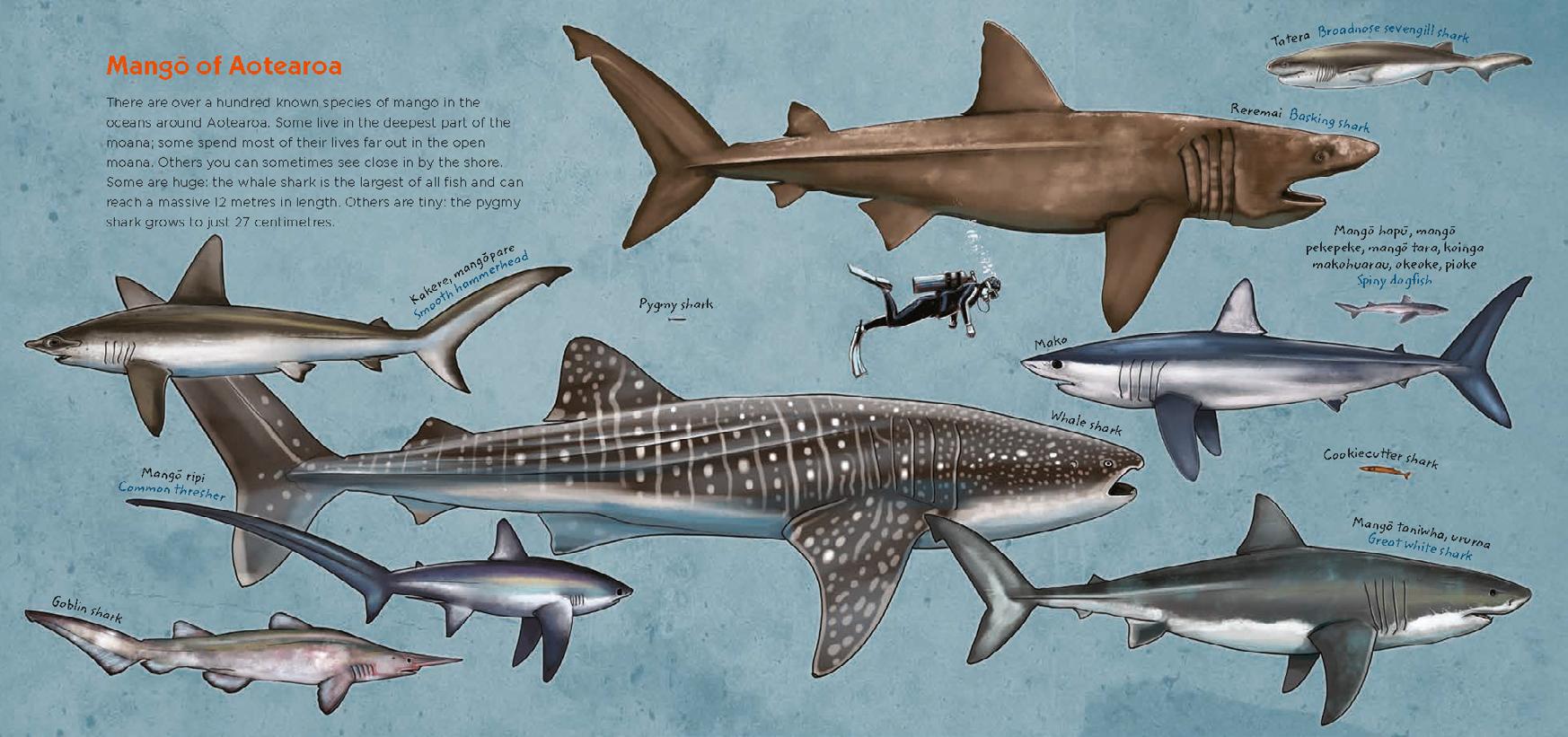
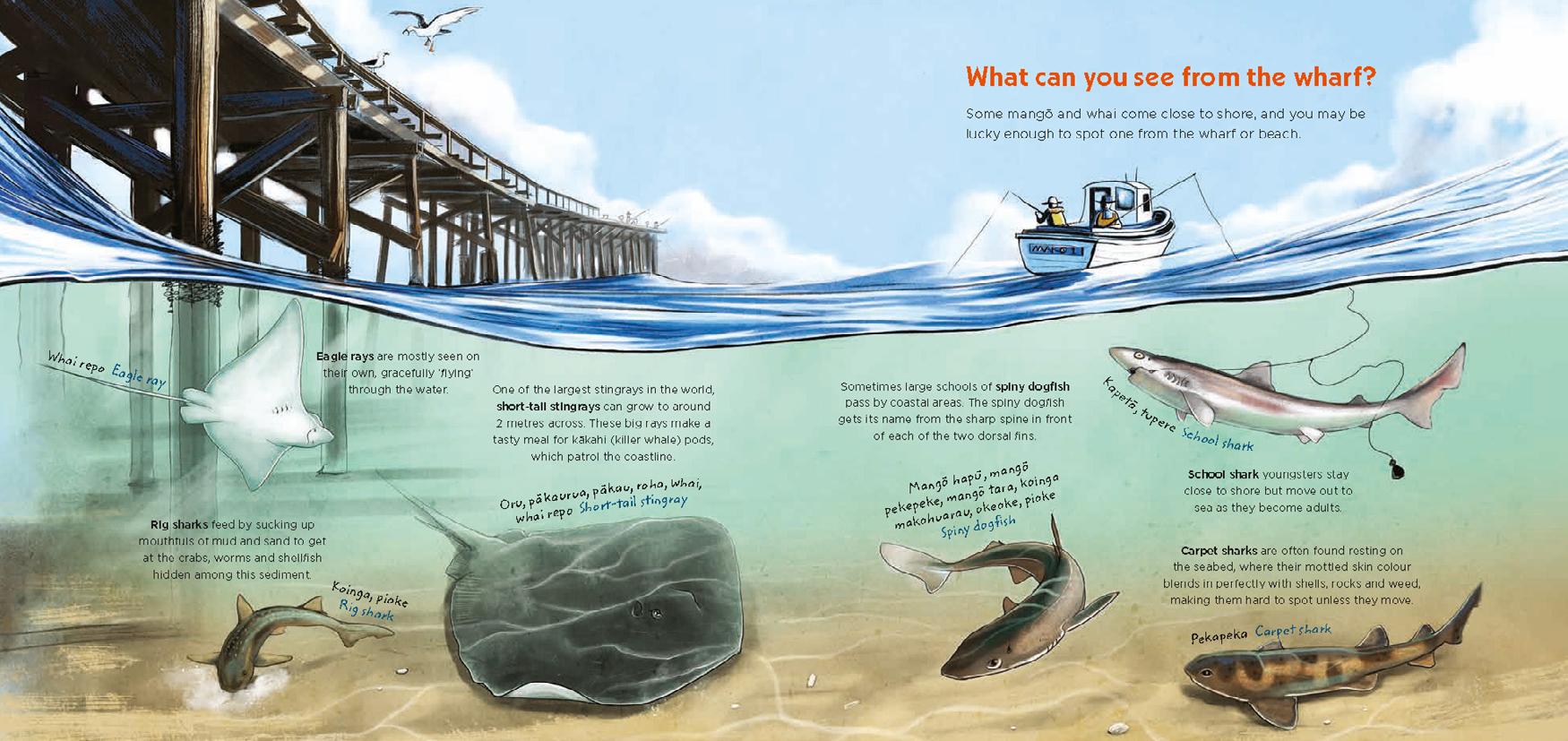
Whiti
Colossal Squid of the Deep
VICTORIA CLEAL AND ISOBEL JOY TE AHO-WHITE
A wonderful 32-page illustrated book that dives into the mysterious world of the colossal squid. Through engaging text and glorious images, it tells the story of a colossal squid’s life, from hatching out of a tiny egg to escaping the jaws of a sperm whale and becoming the world’s biggest invertebrate.
Readers will discover how the squid survives in the deep waters of Antarctica, and will meet other strange creatures that are uniquely adapted to this hostile environment.
This book weaves together scientific inquiry, mātauranga Māori and plenty of humour. It shows how all living things are connected – and how we too are part of the natural world.

“On the cover is one colossal eye. On the back, a clutch of colossal tentacles. Inside, a compelling narrative of life and death, with te reo naturally woven in and facts scattered about all over.”
The Spinoff
VICTORIA CLEAL works as a writer and editor at Te Papa. She worked on the Te Taiao | Nature exhibition and several stories for the children’s TV series He Paki Taonga and its associated book.
ISOBEL JOY TE AHO-WHITE (Ngāti Kahungungu ki te Wairoa, Rongomaiwahine, Ngāi Tahu, Ngāti Irakehu) is a graphic artist with a diploma in Visual Arts (UCOL) and a Bachelor of Design (Hons) (Massey). She has illustrated for multiple New Zealand publishers.
“I hope readers will see how the extraordinary animals of Antarctica are connected to each other – and to the wildlife of Aotearoa. And I hope this book will help children see scientists as modern-day heroes, like I do.”
Victoria Cleal, Author Q&A
PUBLISHED: October 2020
ISBN: 978-0-9951338-0-8
Hardback, 230 x 250 mm, 32 pages, $29.99
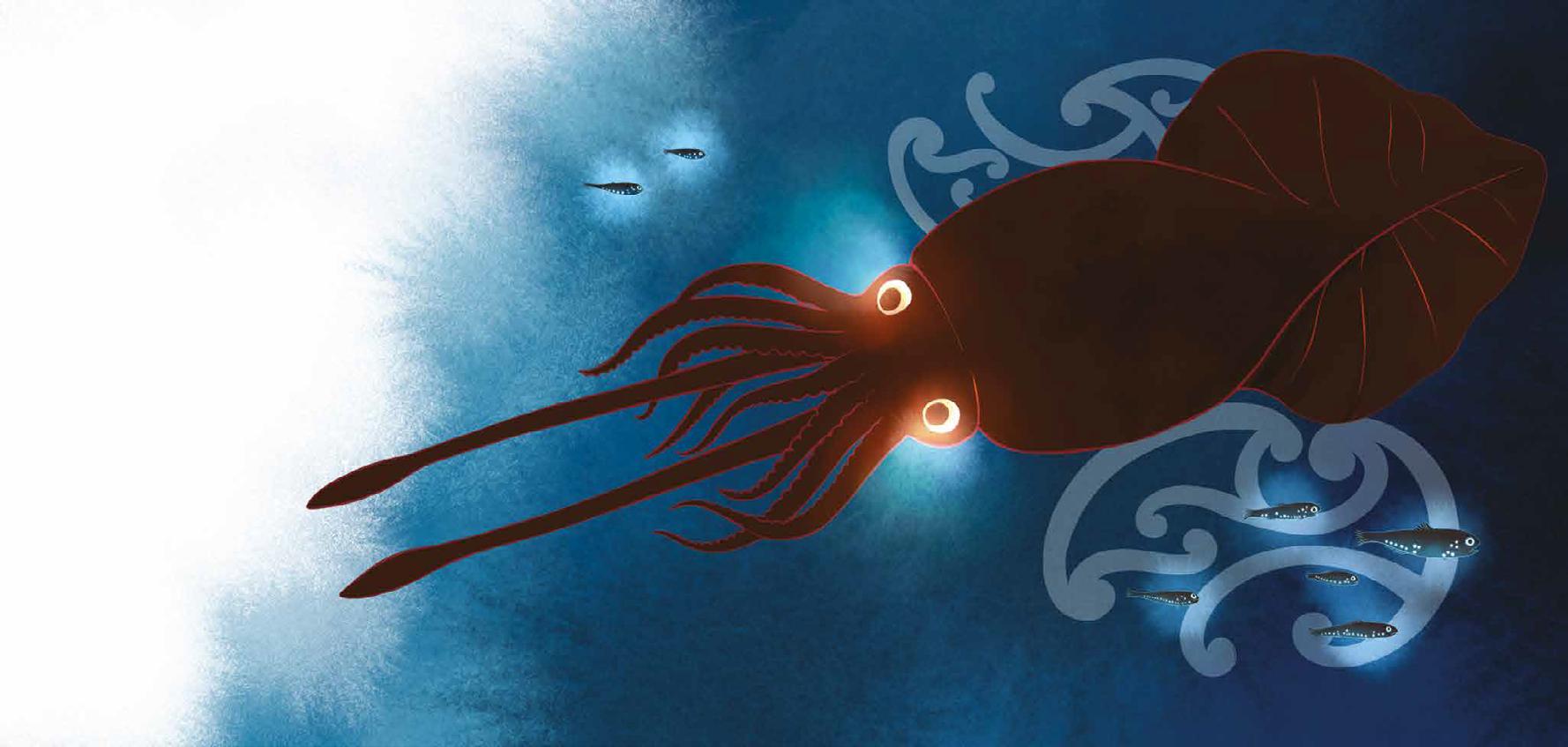
Glowing in the dark
Whiti’s grown big — soon she’ll start moving into the deep. It’s dark there, but Whiti’s eyes are like headlights!

Squid celebrity
Humans
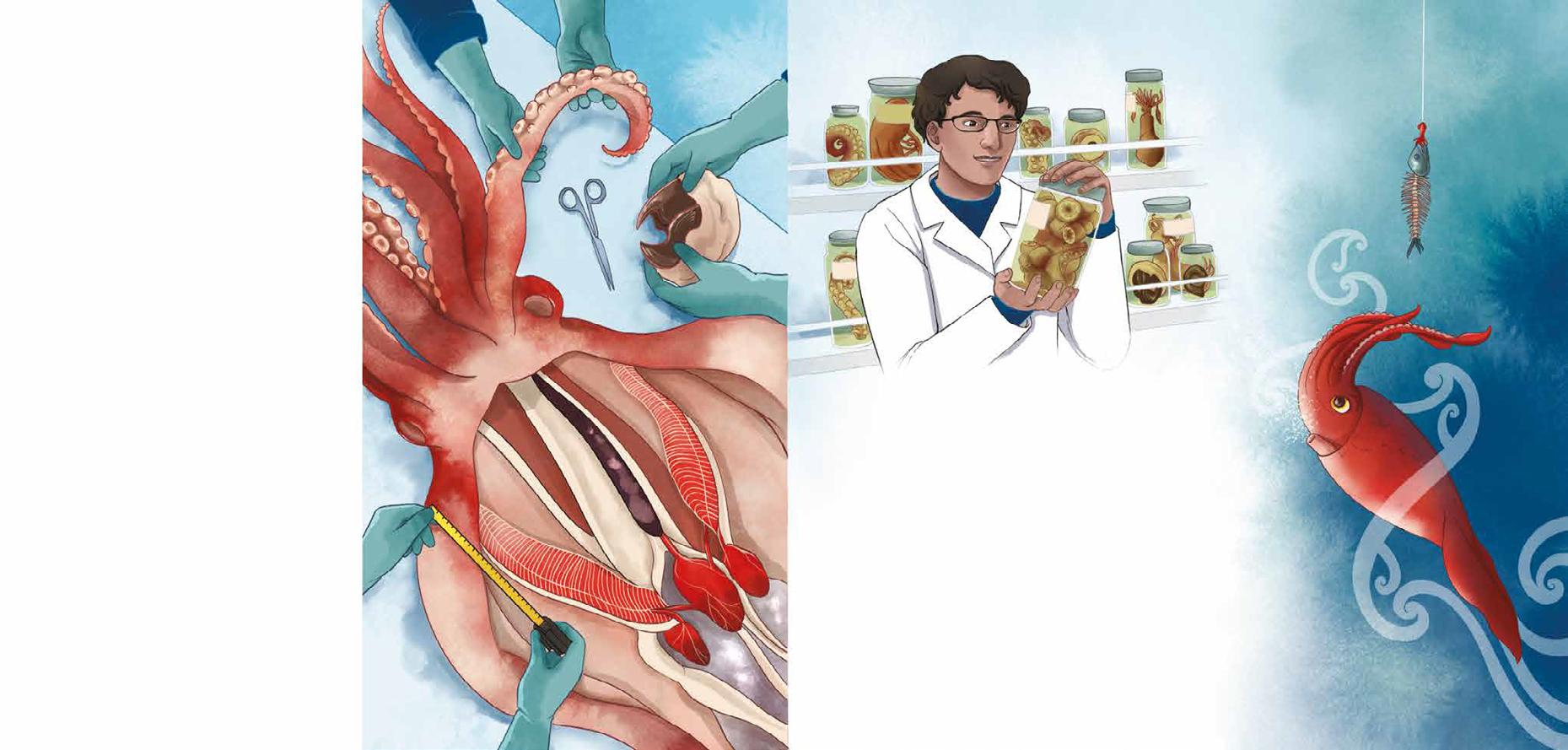
Why is That Spider Dancing?
The Amazing Arachnids of Aotearoa
SIMON POLLARD AND PHIL SIRVID
What are arachnids? How do spiders differ from harvestmen, pseudoscorpions, mites and ticks? What makes the arachnid species that are unique to Aotearoa so special? How are webs made? How do they hunt prey, eat and defend themselves? Where do they live? Which are venomous?
In this fun-filled, fact-rich, and highly illustrated book, award-winning science writer Simon Pollard and Te Papa spider expert Phil Sirvid share the magic, secrets, mysteries and marvels of Aotearoa New Zealand’s abundance of eight-legged beasties, from microscopic mites to spiders as large as your hand. They also profile some of the men and women who have helped build our knowledge in this area.
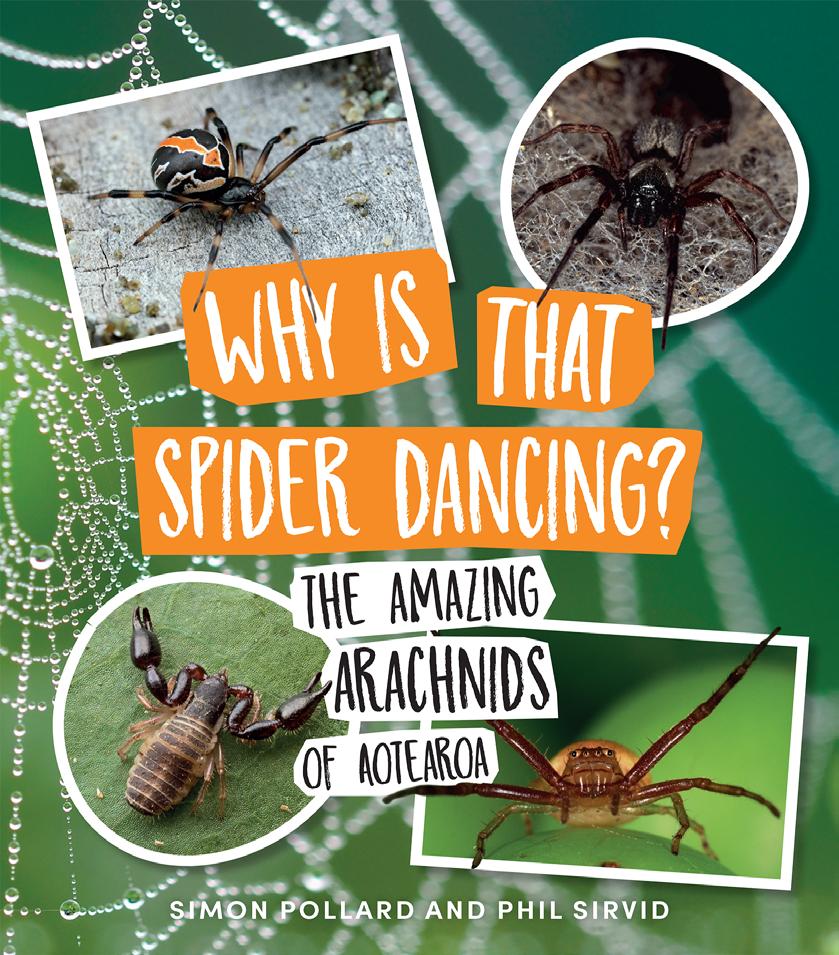
“I think these two experts have done an incredible job of bringing the fascinating world of arachnids alive for junior readers in this fun and fact-filled book.”
Lyn Potter, NZ Booklovers
SIMON POLLARD is a spider biologist and award-winning natural history photographer and writer. Since 2009, Simon has been Adjunct Professor of Science Communication at the University of Canterbury.
“I hope this book helps people appreciate the arachnids of Aotearoa as animals that should be admired rather than feared. Think of them as kiwi and tuatara ambassadors for Aotearoa – they just happen to be tiny and have eight legs!”
Simon Pollard, Author Q&A
PHIL SIRVID is Curator Invertebrates in the Natural History Team at Te Papa. Phil has looked after the insect and arachnid collections and been involved in science outreach at Te Papa for over 30 years.
PUBLISHED: October 2021
ISBN: 978-0-9951338-9-1
Limpbound, 260 x 220 mm, 112 pages, $29.99
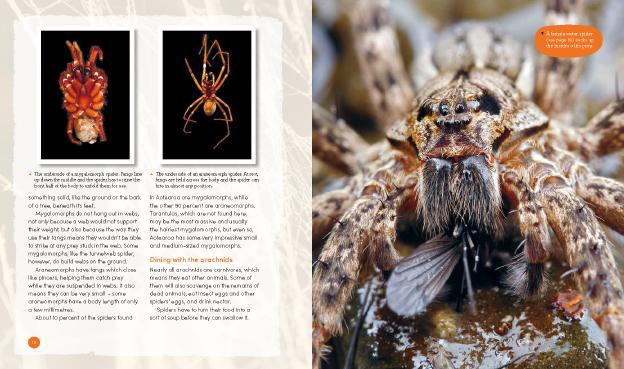
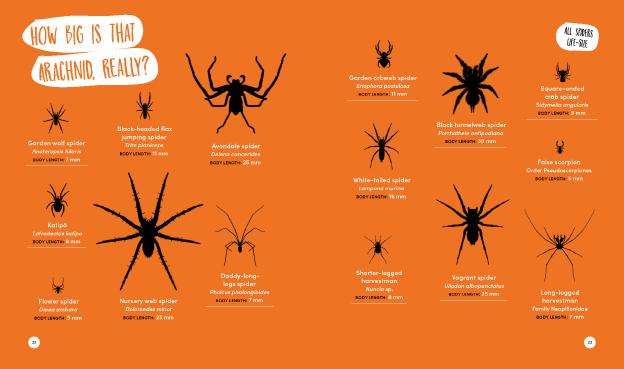
WINNER: BEST CHILDREN’S BOOK, MAPDA AWARDS 2022
FINALIST: PANZ BOOK DESIGN AWARDS 2022
FINALIST: NEW ZEALAND BOOK AWARDS FOR CHILDREN AND YOUNG ADULTS 2022
LOOK INSIDE
NOTABLE NON-FICTION BOOK, STORYLINES AWARDS 2022
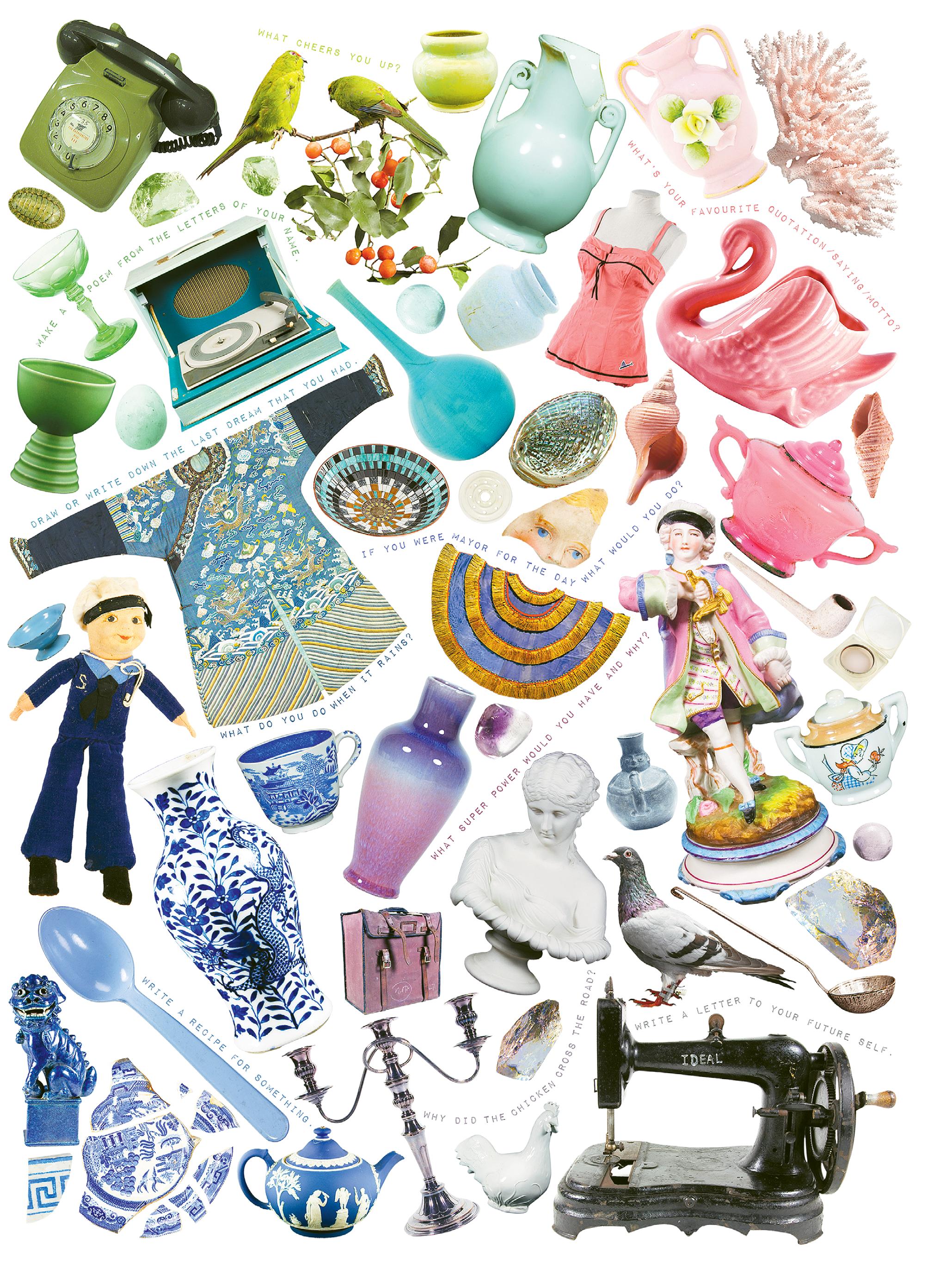
ACTIVITY BOOKS
The Te Papa Activity Book
HELEN LLOYD, ILLUSTRATED BY PIPPA KEEL
An accessible and engaging activity book to write, draw and colour in. Explore our worldfamous national museum through activities including colouring-in, dot-to-dot, word search puzzles, crosswords and more.
Museum highlights, such as the colossal squid, the Britten Bike, the giant Haast’s eagle, amazing artworks and more, are all waiting to be discovered, and brought to life with your colouring pencils and imagination. Plus plenty of puzzles to challenge you too!
A great souvenir, you can use it on a visit to Te Papa as a handy introduction to the museum, or have fun completing it at home.
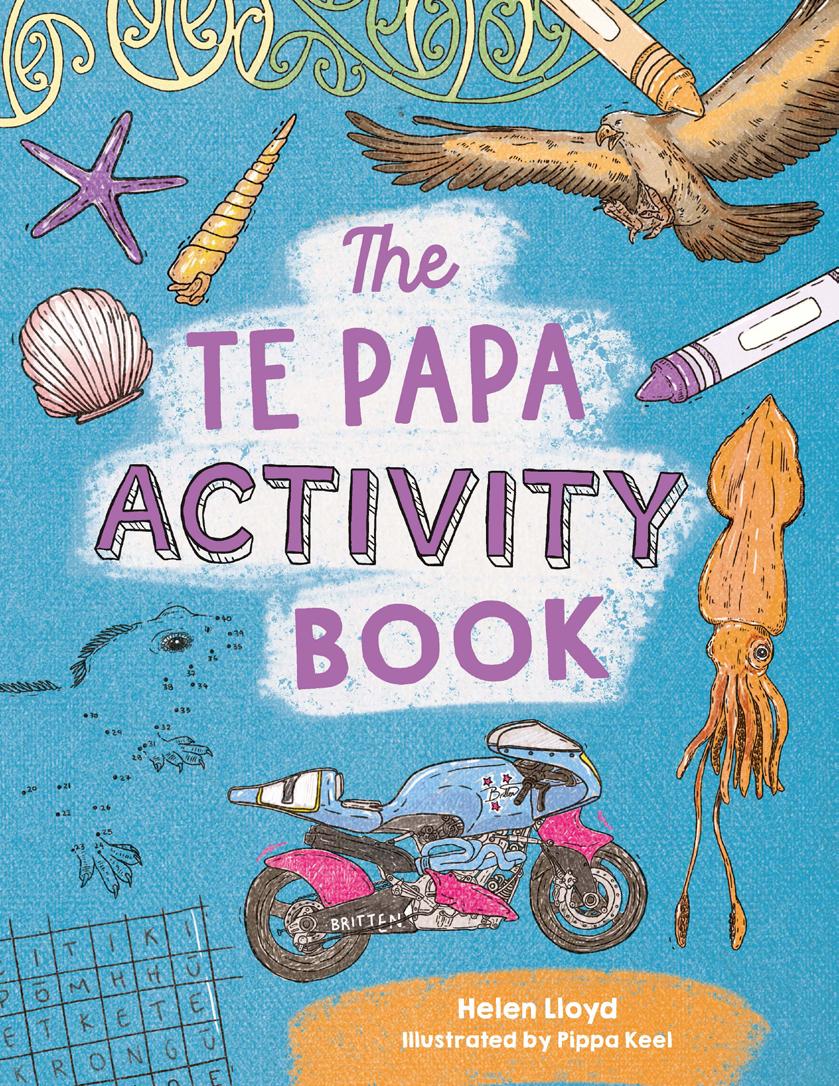
HELEN LLOYD is a qualified art teacher with a visual art and art history degree and a Master’s degree in museum and gallery education. She has 20 years’ experience of teaching art to children of all ages in schools, museums and galleries. Author of the popular New Zealand Art Activity Book and many online art resources, she is committed to developing inspiring creative learning experiences for children of all ages.
“Most of the activities are inspired by exhibits currently on display at Te Papa, so in that respect it doubles up as a museum guide for young visitors. By using the book as part of a visit, kids can learn fun facts and gain new insights as they journey through the museum.”
Helen
Lloyd, Author Q&A
PIPPA KEEL is an award-winning illustration designer, with an honours degree in illustration and a huge love of the great outdoors!
PUBLISHED: May 2024
ISBN: 978-1-99-107202-3
Limbound, 297 x 210mm, 64 pages, $12
Te Hono ki Hawaiki

Māui is a heroic shapeshifter who features in many legends. One legend tells how he set out to capture Tama-nui-te-rā, the sun, and slow it down, so that each day would last longer. You can see him doing this with the help of his brothers at the top of the colourful wharenui Te Hono ki Hawaiki. This is just one of many stories depicted within Te Hono ki Hawaiki. Visit Level 4 or Collections Online to discover more.
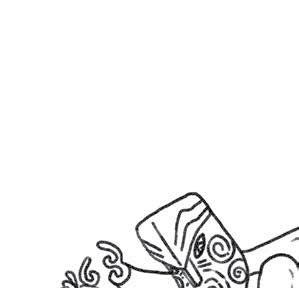
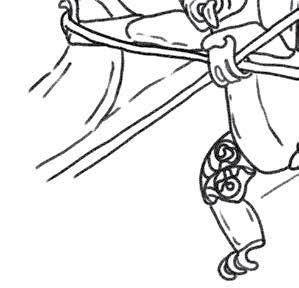
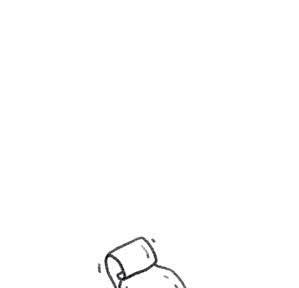
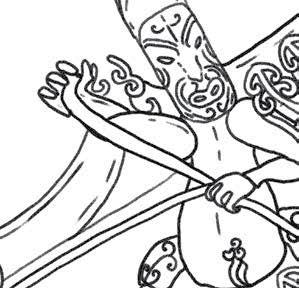
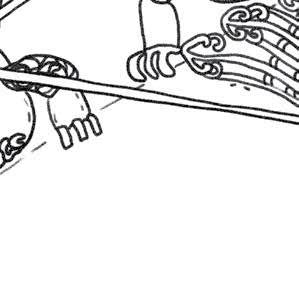
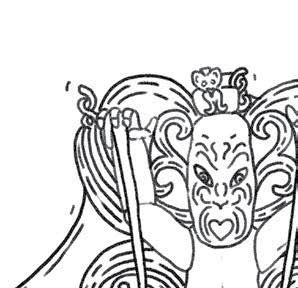
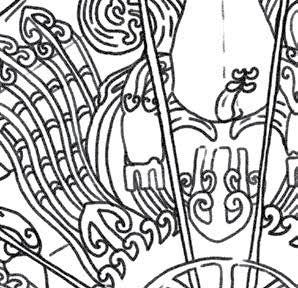

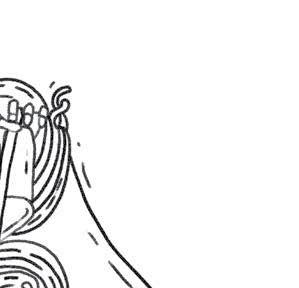
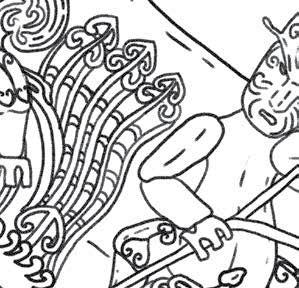
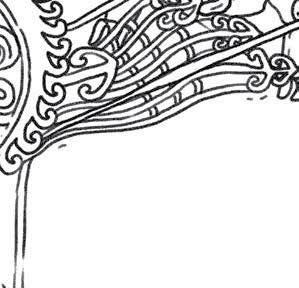

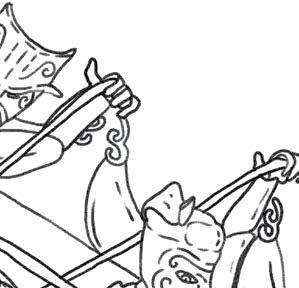


So Many Manu!
The exhibition Te Taiao Nature features manu, bird species that are native to Aotearoa New Zealand. ‘Native’ means that they occur naturally here (they were not introduced by people).
Colour the manu and match them with their names.







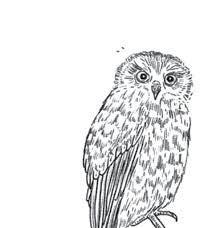











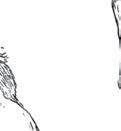



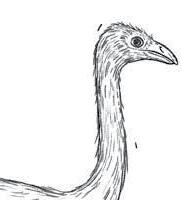




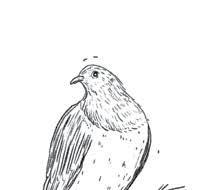

Sadly, because of humans and introduced predators like stoats and possums, several of these species are now extinct. Some are endangered, meaning only a few remain. Within Te Kōhanga the ‘nest’ area of the exhibition you can touch eggs to learn about endangered birds. Do you know which of the birds shown here are plentiful, which are endangered and which are extinct?
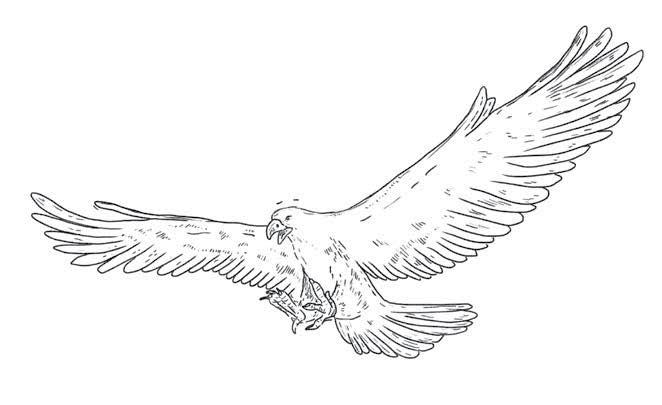
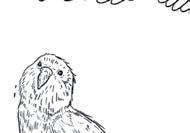

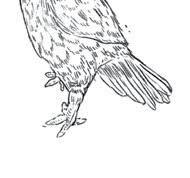



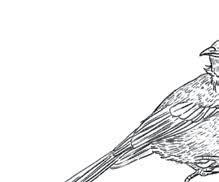




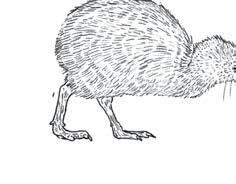
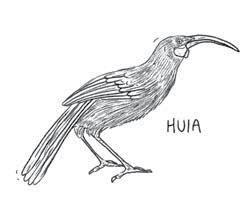

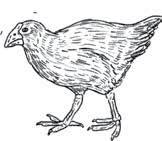
Māui
Māui-Waho
Māui-Roto
Māui-Pae
Māui-Mua
The Beach Activity Book
99 Ideas for Activities by the Water Around Aotearoa
New Zealand
RACHEL HAYDON, ILLUSTRATED BY PIPPA KEEL
The 99 activities in this immersive book for children aged 7 to 14 range from experiments and observation to conservation and mindfulness. Developed to inspire curious young minds to explore and appreciate our beaches, lakes, rivers and streams. It is also designed to be taken out into natural environments and to be drawn and written in.
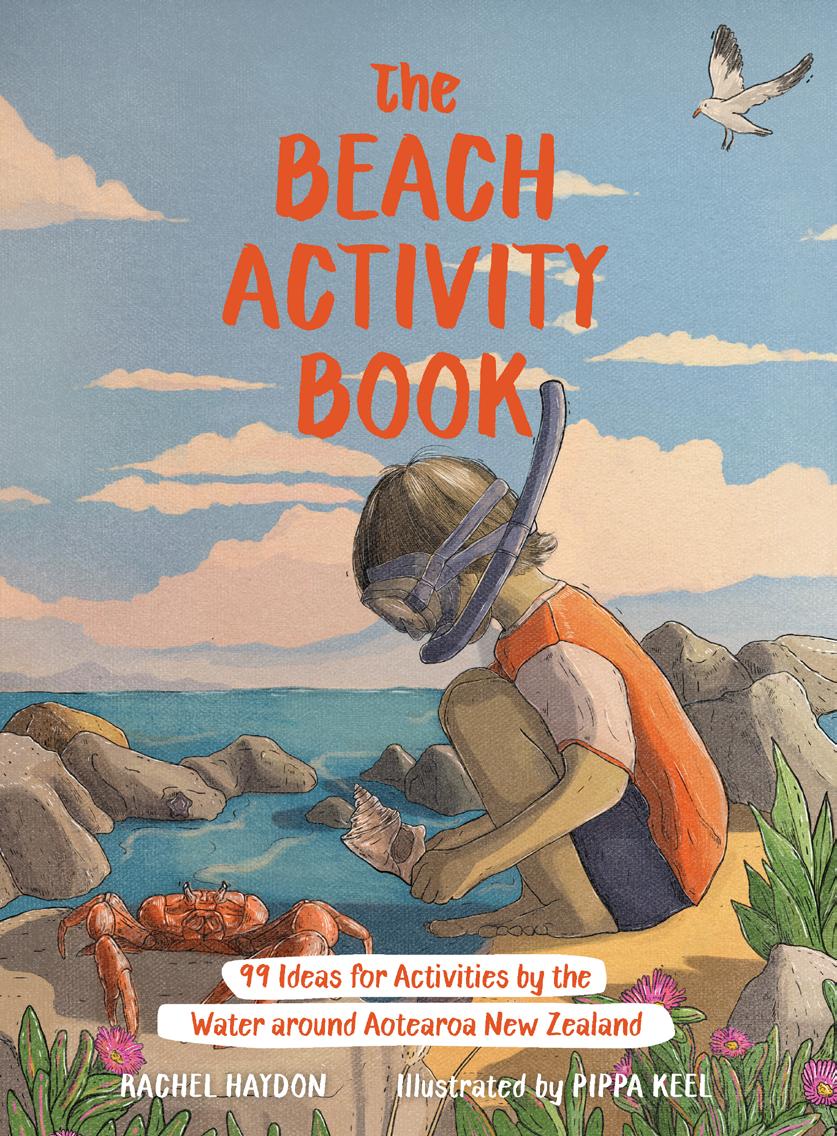
“Whether it’s an activity readers do by themselves, or with friends and whānau, I hope they get lost in the moment. I hope they see water, environments, plants and animals in a new light and come up with more questions than they do answers.”
Rachel Haydon, Author Q&A
NOTABLE NONFICTION BOOK, STORYLINES AWARDS 2024 FINALIST PANZ BOOK DESIGN AWARDS 2025
“It is fantastic as a book for families, a resource for educators, and as a gift for almost any kid.”
Linda Jane Keegan, The Sapling
RACHEL HAYDON has more than 18 years’ experience of teaching science to children of all ages in schools, museums, zoos and aquariums around the world. She is the General Manager of the National Aquarium of New Zealand.
PIPPA KEEL is an award-winning illustration designer, with an honours degree in illustration and a huge love of the great outdoors!
PUBLISHED: January 2024
ISBN: 978-1-99-116551-0
Limpbound, 270 × 200 mm, 176 pages, $35
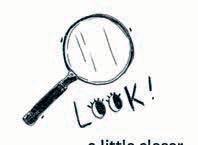
COLOURS OF NATURE
Nature is a rainbow!
Take a good look around you at all the wonderful colours and patterns that animals have.
There are many ways that colours help living things survive in nature. Here are some examples.
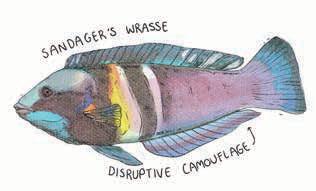
Cryptic camouflage: Extra shapes attached to or on an animal’s body make them look like something else. Some animals are born with these features (think of the leafy sea dragon) and others, such as the pāpaka huna / camouflage crab (Notomithrax genus), use things from the environment to decorate themselves.
Disruptive camouflage: Patterns and markings on the body that disrupt an animal’s outline to confuse other animals. You might think of a zebra or tiger, but the Sandager’s wrasse (Coris sandeyeri ) uses this too, with colourful stripes that break up its outline.
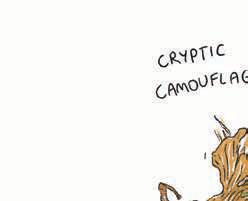
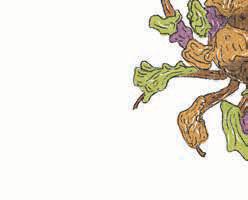
Countershading: The top side of the body is darker than the lighter underside of the body. In water, this makes it harder to view the animal from above against the darker water, or from underneath against the surface and sky. Examples include the kororā / little penguin (Eudyptula minor) or yellowfin tuna (Thunnus albacares).
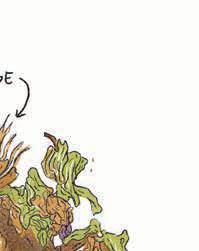
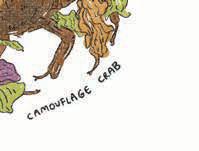
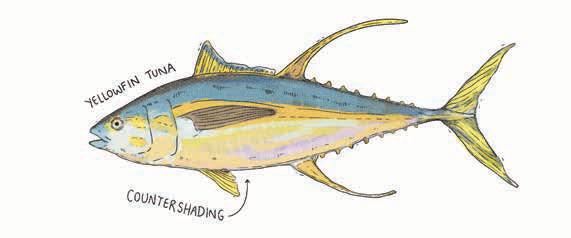

SEASIDE SEARCH AND FIND
Can you find these fourteen items in this seaside scene?










Dimorphism: When males and females are different sizes or have different colour patterns. Usually the males have the more striking colours and patterns so they can compete for the females’ attention! For example, the pūtakitaki or pūtangitangi / paradise shelduck (Tadorna variegata).










Flash colouration: When some parts of an animal’s body that are usually tucked away can suddenly be displayed to show bright colours or markings, such as the fins of the the kumukumu / Pacific red gurnard (Chelidonichthys kumu). This can be to frighten away other animals or sometimes to attract a mate!















Warning colouration: Sometimes animals produce poisons or toxins and they have brightly coloured markings to show this (or they are pretending they do!).
This warns other animals not to eat them. For example, the brightly coloured spots on this clown nudibranch Ceratosoma amoenum). the brightly coloured spots on this clown nudibranch (Ceratosoma amoenum

Can you find another example of each colouration type?
Disruptive camouflage
Cryptic camouflage
Countershading
Flash colouration
Dimorphism
Warning colouration





















































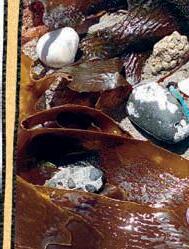
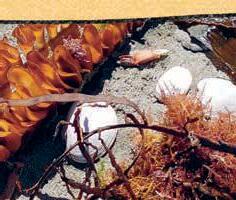
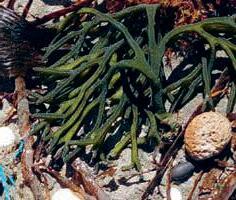
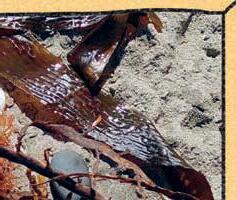
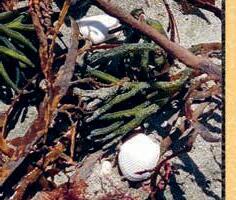







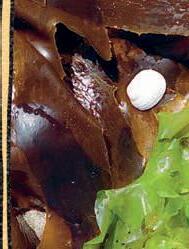
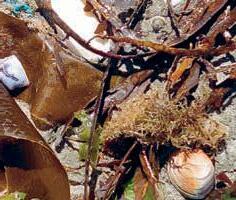









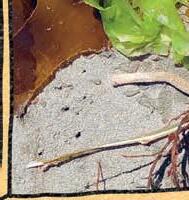
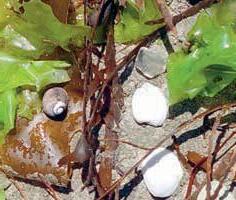
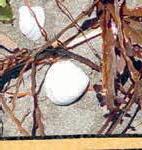
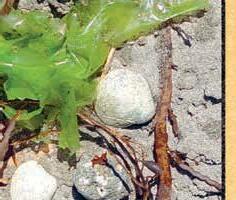
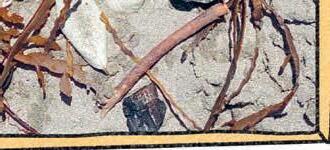
The Nature Activity Book
99 Ideas for Activities in the Natural World of Aotearoa
New Zealand
RACHEL HAYDON, ILLUSTRATED BY PIPPA KEEL
From experiments and observation to conservation and mindfulness, this activitypacked book stimulates curious minds. It encourages children to relate to the natural world and develop budding research skills. It is beautifully illustrated by Pippa Keel, and with lots of room for children to record their observations in writing, images and by attaching photos and items from nature. THE NEW ZEALAND LISTENER'S TOP 100 CHILDRENS BOOKS OF THE YEAR 2020
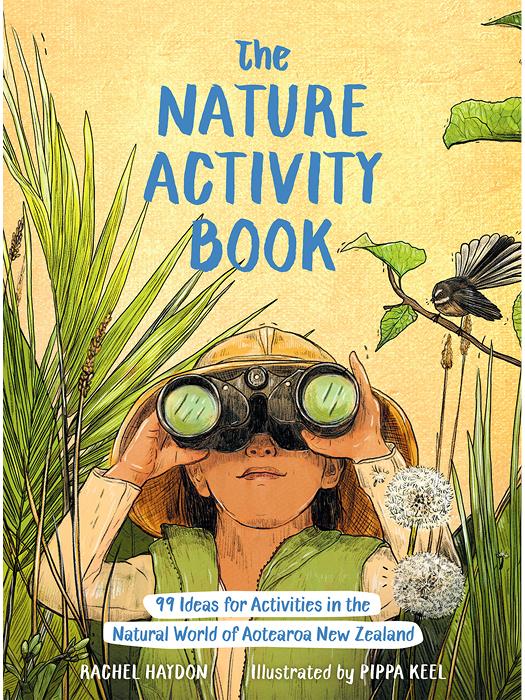
“This book was written with adventurous kids aged six to twelve years old in mind, but I also wanted it to be an adventure that those kids could do with their families. It’s for those who love asking questions and don’t mind getting a little dirty!”
Rachel Haydon, Author Q&A
“The Nature Activity Book is exquisitely written, beautifully illustrated and lovingly crafted. It is a book that opens our understanding of and relations with the natural world.”
Paula Green, Poetry Box
RACHEL HAYDON has more than 18 years’ experience of teaching science to children of all ages in schools, museums, zoos and aquariums around the world. She is the General Manager of the National Aquarium of New Zealand.
PIPPA KEEL is an award-winning illustration designer, with an honours degree in illustration and a huge love of the great outdoors!
PUBLISHED: August 2020
ISBN: 978-0-9951136-8-8
Limpbound, 270 x 200 mm, 176 pages, $35
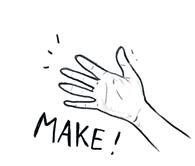
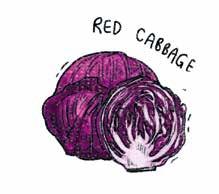

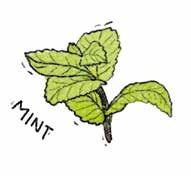
NATURE’S DYES
People make fabric and clothes in all different colours, but how do they do that? What materials from nature can be used to dye things different colours?
The experiment on the opposite page makes dyes from plant materials. Before you start, make a guess (prediction) of the colour you think each plant will dye your cloth.
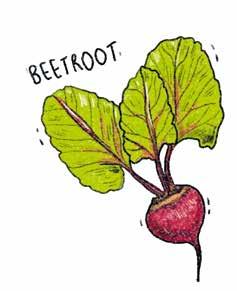
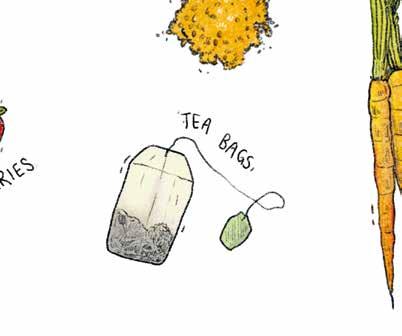
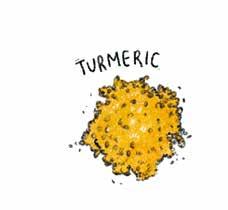
Once you’ve finished this experiment, you may like to make a larger batch of your favourite dye to colour a T-shirt or other item of clothing for you to wear. You could reuse an old piece of white or light-coloured clothing, or buy something suitable from an op shop.
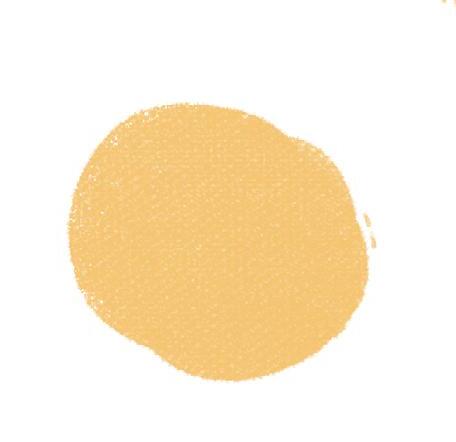
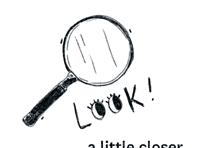
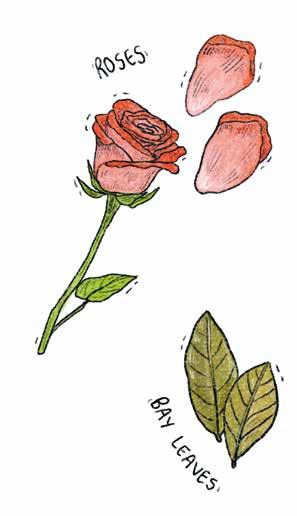
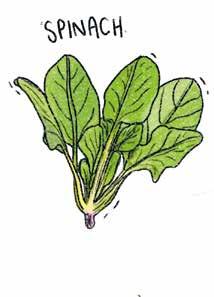
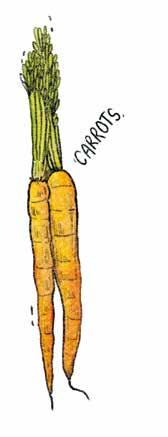
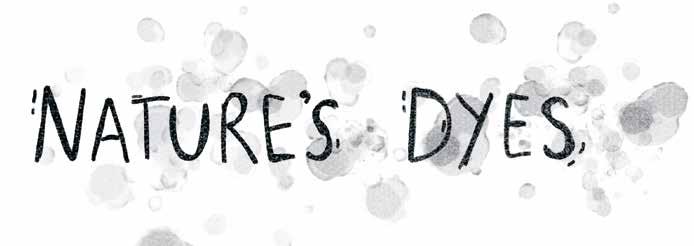
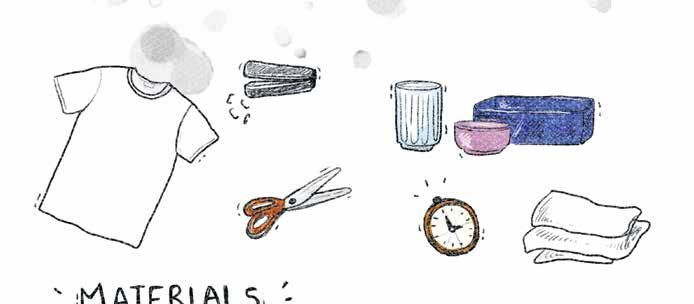
Scissors (make sure to ask an adult if you need help)
Clean old white cloth or T-shirt
Plant materials for making dyes, such as red cabbage, spinach or mint leaves, bay leaves, turmeric, celery leaves, carrots, onion skins, blackberries, red and pink roses, avocado skins, beetroot, walnut shells, tea leaves, coffee grinds
Chopping board and sharp knife
Glasses, jars or small containers (as many as the colours you want to try)
Warm or hot water to make dyes (but cool water will also work)
Cold water for rinsing (a nearby tap will do)
Optional – glue, tape or a stapler to attach your colour samples to your book
1. Using scissors, cut the cloth or T-shirt into small squares measuring approximately 3cm by 3cm.
2. Roughly chop the plant material. (Ask an adult to help if you need it.)
3. Line up your glasses, jars or small containers and add a small amount of warm or hot water (at least 50ml) to each.
4. Add some of the plant materials to each glass, making sure you use only one material per glass so that you can test its colour. For best results, ‘brew’ the material in the water for at least an hour and leave it to cool before using it as a dye.
5. Place a square of fabric in each glass of dye and leave it for at least an hour to soak in the colour. If you want a deeper colour, what could you do?
6. Rinse the square in cold water and hang it out to dry.
7. Check out your result. Was your prediction right?
If you want to display your results, attach your dyed squares to this page.
Keep your dyes for the ‘Colour mixing’, ‘Can you change the colour of a flower?’ and ‘Make your own paper’ activities on pages 76, 77 and 162.
CURIOSITY IS KING
Watch something happening that you find interesting. It might be the rain falling, a bird eating, popcorn popping, your dog drinking water, a spider making a web or your brother putting on a coat to go outside. Write it here.
I am watching:
Come up with ten different questions about the activity (don’t worry if you think finding the answer might be impossible). Think about the question words, like ‘what’, ‘how’, ‘why’, ‘when’, ‘will’, ‘do’ and ‘where’ if you get stuck. Write your questions down here.
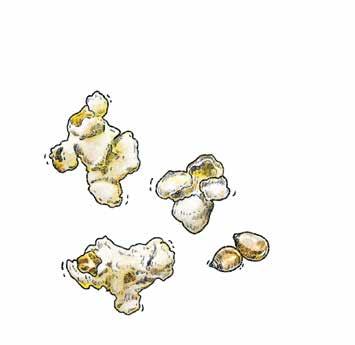
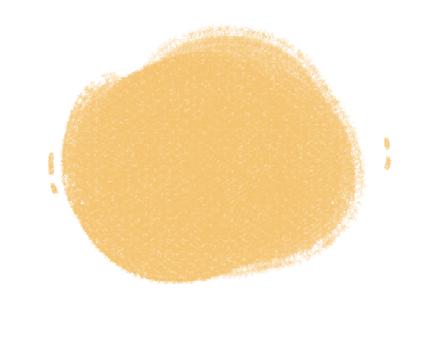
IDEAS
Why are there different kinds of rain? Why do birds eat worms? Will popcorn pop without oil in the pot? Do dogs only like to drink water? Do spiders make webs of different shapes?
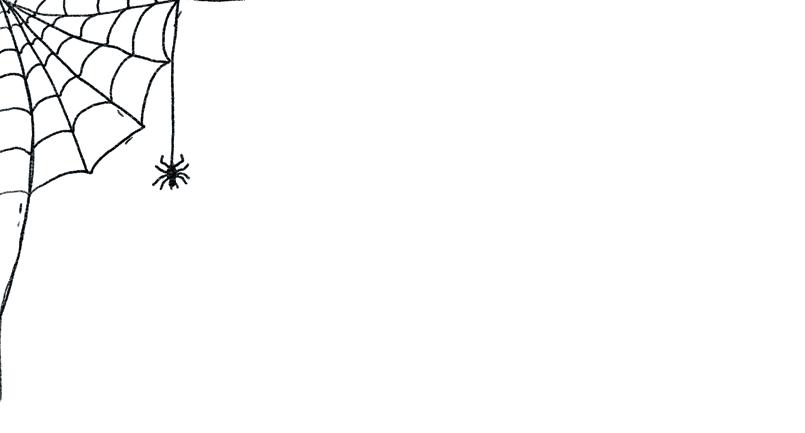
Choose your favourite question or the thing you really want to know. Write it here.
What are the different ‘parts’ of what you are seeing and who or what is involved?
What might you need in order to find an answer to your questions? Do you need any equipment or tools? Do you need to investigate it at a particular time?
What ‘thing’ (called a variable) would you watch or change to see if it had an effect on the activity? For example, to find out if the weather affects the food birds eat, you need to watch the weather. To decide if the type of material on which a spider builds its web affects the shape of the web, you need to look at different materials with spider webs on them.
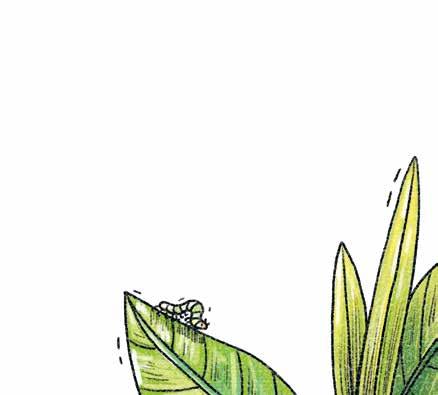
The New Zealand Art Activity Book
100+ Fun Art Activities Inspired by Te Papa's National Art Collection
HELEN LLOYD
Bursting with art activities, this fun new edition of Te Papa Press’s art activity book is designed to introduce young New Zealanders to a variety of different creative processes. It includes reproductions of 51 historical and contemporary works from Te Papa’s art collection, new works commissioned from contemporary New Zealand artists, and artbased activities. “...packed with activities to encourage children to see, think and draw like artists.”
“In this edition children will be able to learn about a wide range of art techniques and art styles by reading the simple explanations I’ve included throughout the book. By answering the questions I’ve posed about each of the artworks, children will be encouraged to look really closely, develop their visual literacy skills and think about what art means.”
Helen Lloyd, Author Q&A
FINALIST:
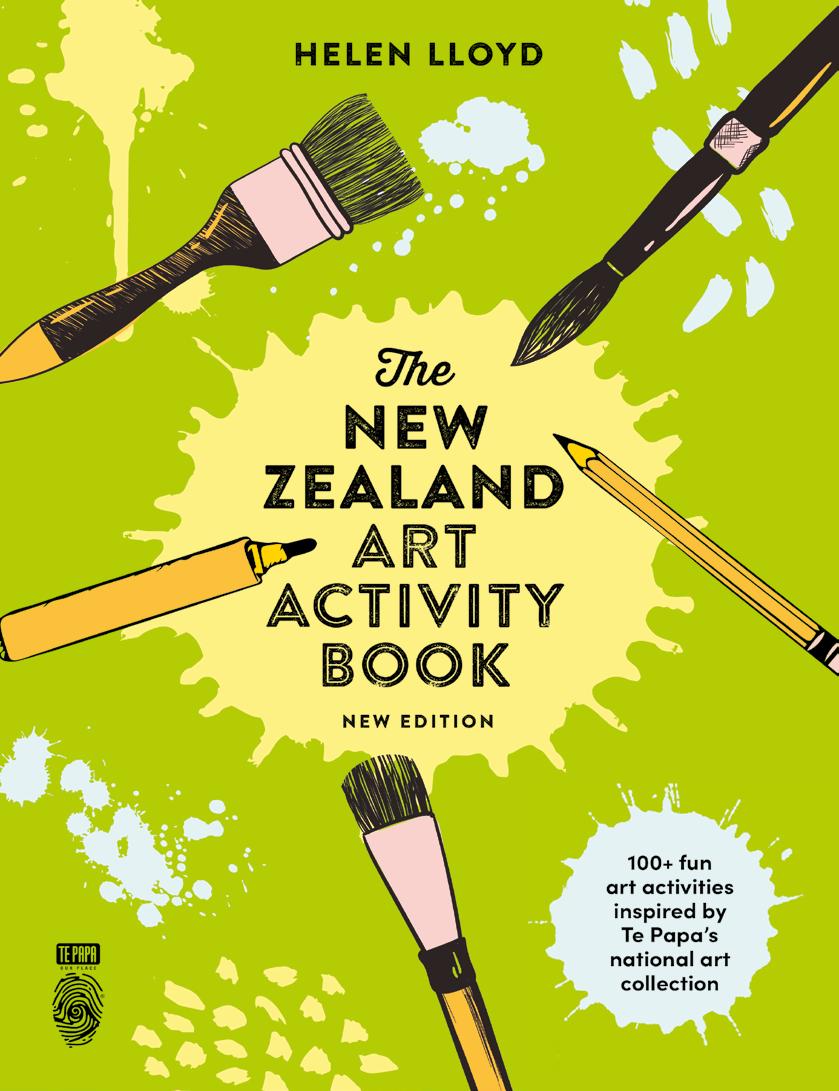
The Reader, Booksellers New Zealand
HELEN LLOYD is a qualified art teacher with a visual art and art history degree and a Master’s degree in museum and gallery education. She has 20 years’ experience of teaching art to children of all ages in schools, museums and galleries. Author of the popular New Zealand Art Activity Book and many online art resources, she is committed to developing inspiring creative learning experiences for children of all ages.
PUBLISHED: October 2017
ISBN: 978-0-9941362-3-7
Limpbound, 270 x 200 mm, 160 pages, $29.99
Painted urn
Attic volute crater, 1779, depicting scenes from the odyssey of Captain Cook by Marian Maguire
Marian was born in Christchurch and studied printmaking in New Zealand and America. In this print of a Grecian-style urn, she has mixed drawings of Greek, Māori and Pākehā people and objects to tell a story involving the British explorer Captain James Cook and the Tahitian priest and navigator Tupaia.
Can you spot Captain Cook and Tupaia? Find these things:
□ harakeke flax □ koruru carved Māori head □ punga anchor
□ kurī | dog □ manaia | mythical Māori creature □ ponga silver tree fern
What else can you see?





The style of this print is inspired by Grecian art.
Ancient Greek artists decorated urns like this one to tell stories of their gods and heroes. They drew characters in profile (from one side) and as silhouettes (solid dark shapes).
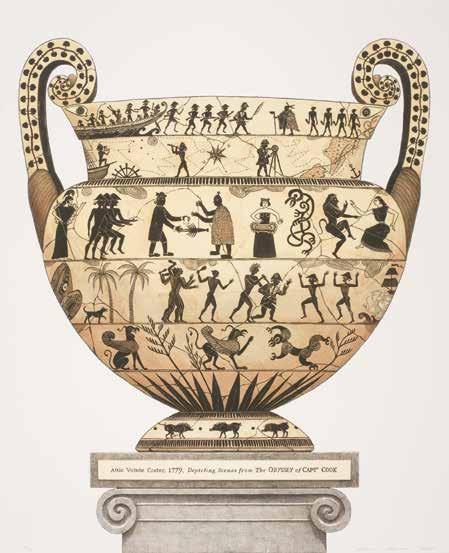
Your own legend
Draw scenes from a story that you have read on this Grecian-style urn.
Place different parts of the story on different levels.
Show your picture to a friend. Can they work out what is happening in the story?
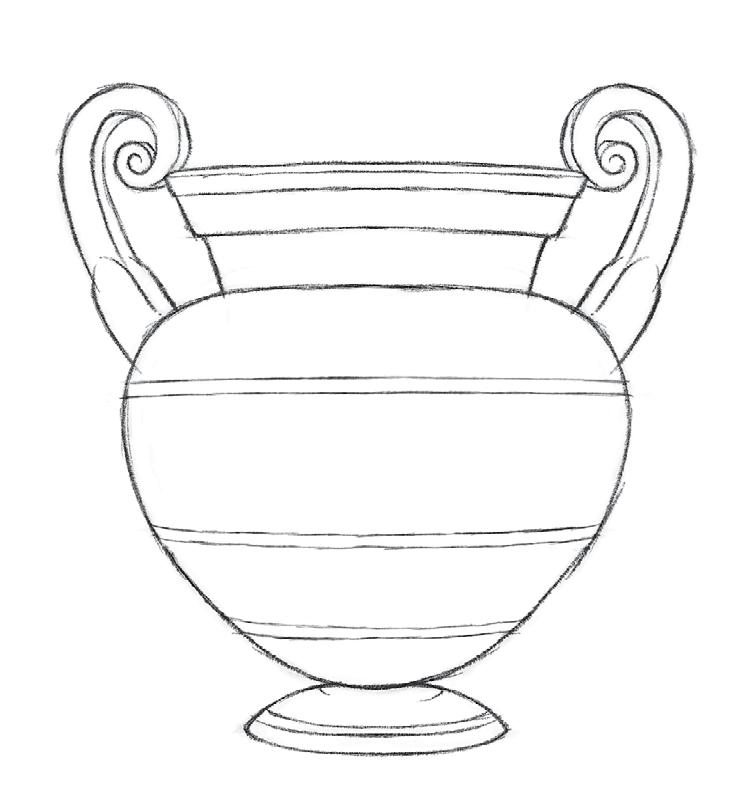
12-13 17/07/17 6:39 PM
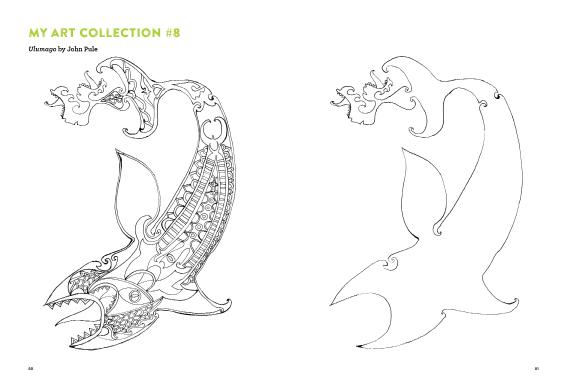
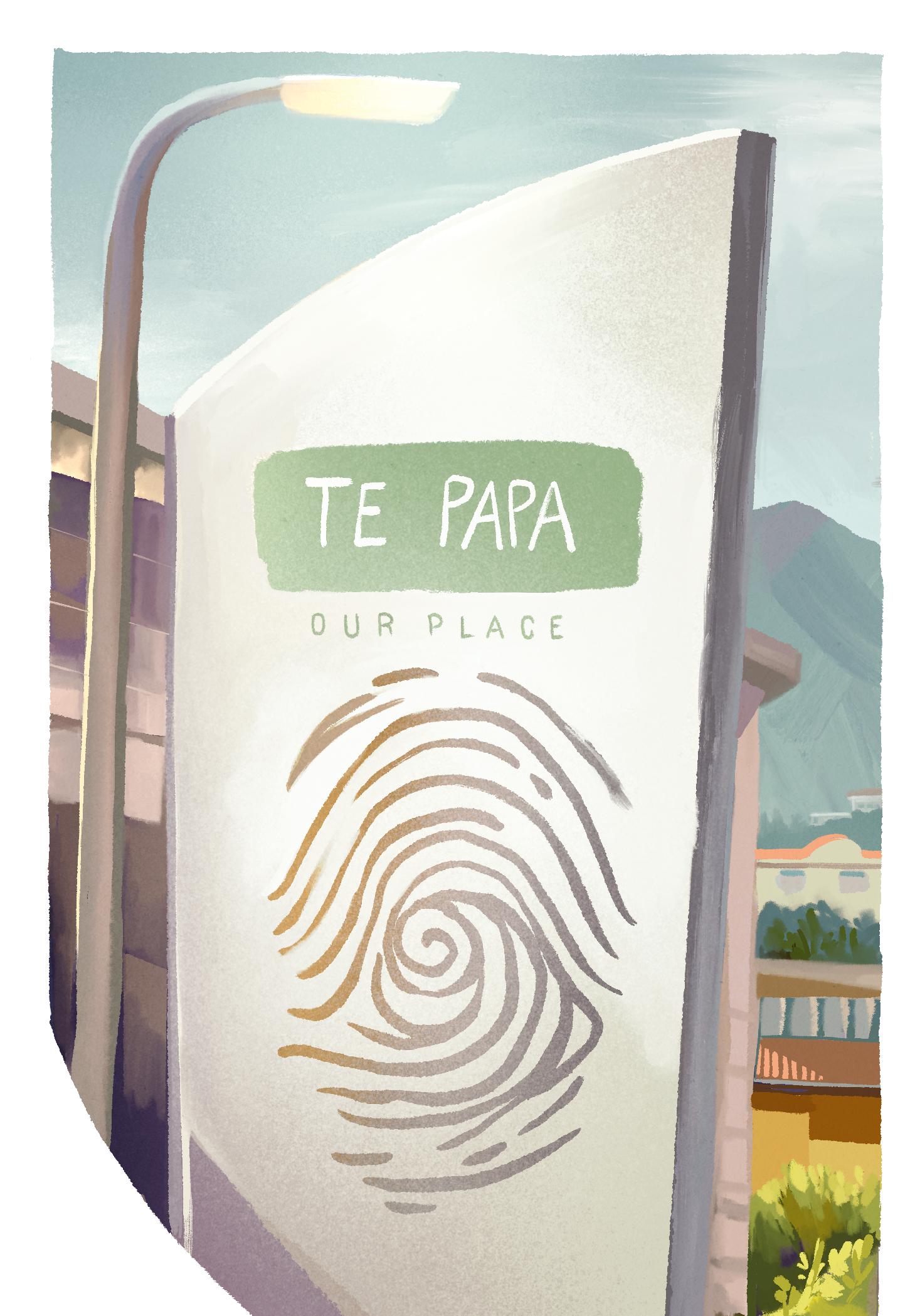
INSIDE THE MUSEUM
Lost in the Museum
VICTORIA CLEAL AND ISOBEL JOY TE AHO-WHITE
A visit to New Zealand’s famous national museum, Te Papa, launches a boy and his whānau on a magical adventure to find Pāpā after he gets lost. He’s gone missing inside one of the museum’s taonga (treasures), but which one? Will they find Pāpā before the museum closes?
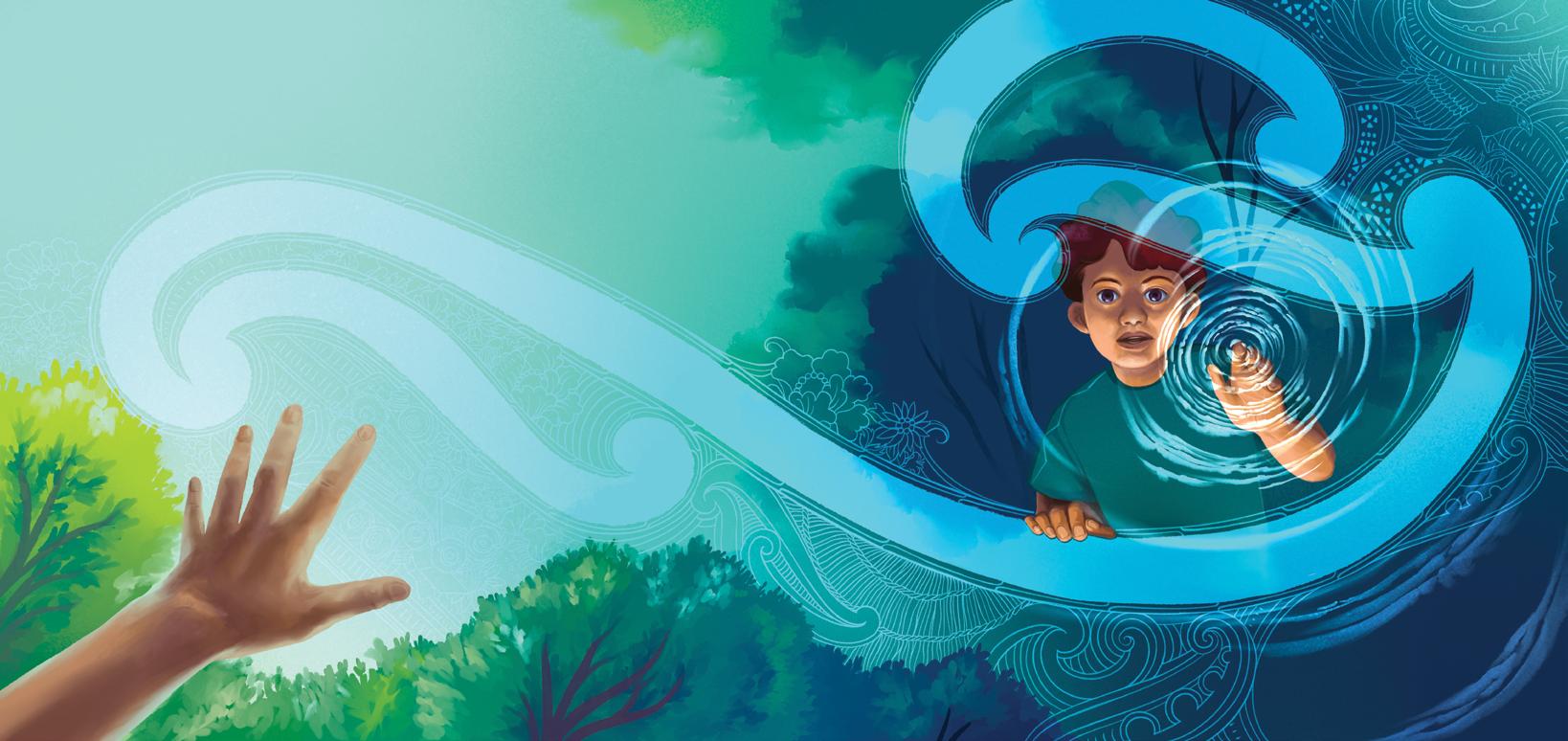
Searching with the help of a museum host, the family encounters moa, paddles a vaka, flees war-time Hong Kong and rides the famous Britten Bike
The informative stories, backed by expert research, show how we can make a connection (te hononga) with special objects.
the in
Lost Museum
WrittenbyVictoriaCleal IllustratedbyIsobelJoyTeAho-White

“It’s my hope that they will see taonga not as simply objects but also as treasures that hold stories and connect us to real people, animals and places. I would love it if the book inspired children to think about which taonga they have a personal connection with – at the museum, in their community, or at home.”
Victoria Cleal, Author Q&A

“A feel-good, exciting adventure story that is sure to create special memories for all who read it!”
NZ Booklovers
“A great acquisition for any school library and for the home.”
Bob Docherty, Bob’s Book Blog
VICTORIA CLEAL works as a writer and editor at Te Papa. She worked on the Te Taiao | Nature exhibition and several stories for the children’s TV series He Paki Taonga and its associated book.
ISOBEL JOY TE AHO-WHITE (Ngāti Kahungungu ki te Wairoa, Rongomaiwahine, Ngāi Tahu, Ngāti Irakehu) is a graphic artist with a diploma in Visual Arts (UCOL) and a Bachelor of Design (Hons) (Massey). She has illustrated for multiple New Zealand publishers.
PUBLISHED: March 2022
ISBN: 978-0-9951384-2-1
Hardback, 235 x 250 mm, 32 pages, $29.99
TE WAIPOUNAMU SOUTH ISLAND, AOTEAROA, ABOUT 11,000 YEARS AGO
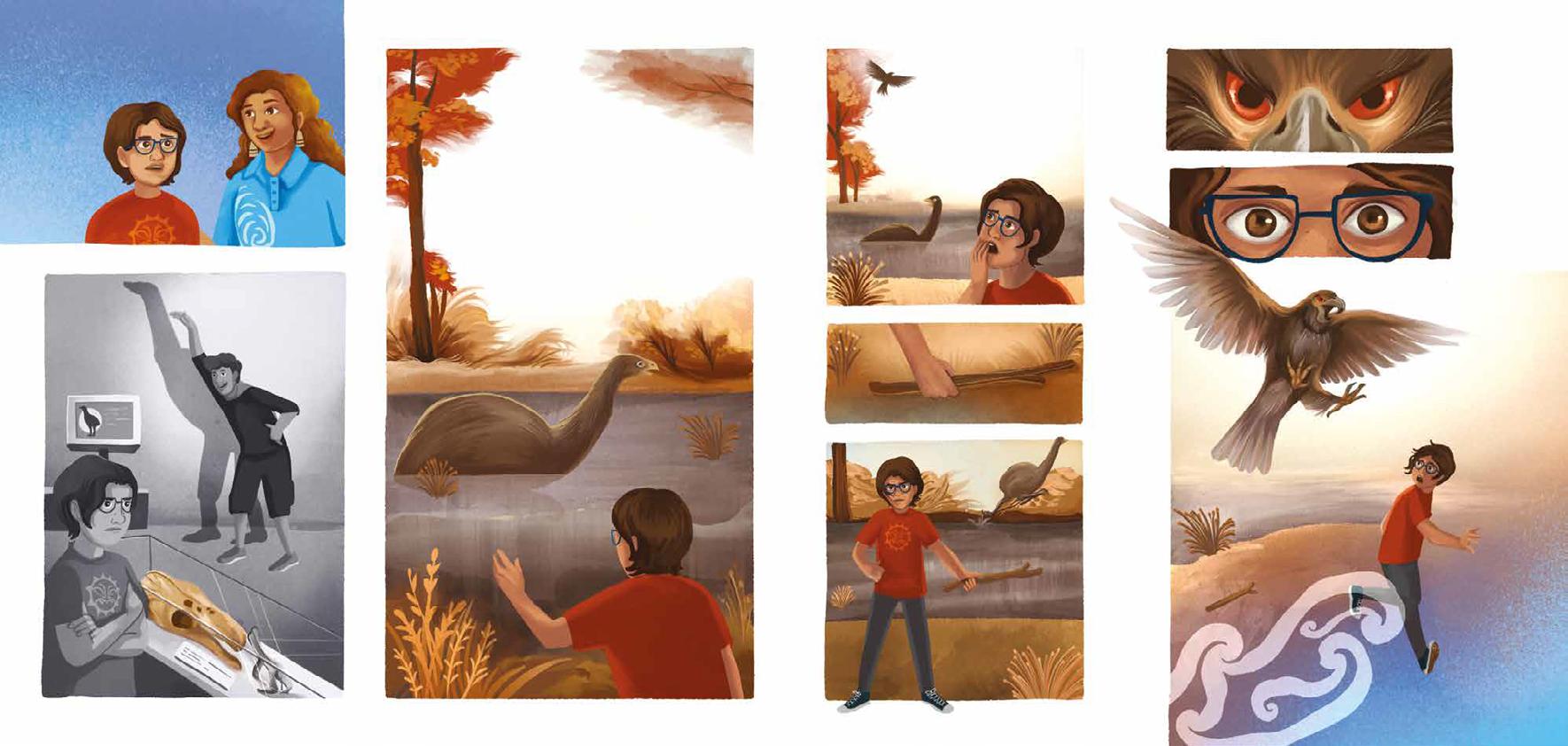
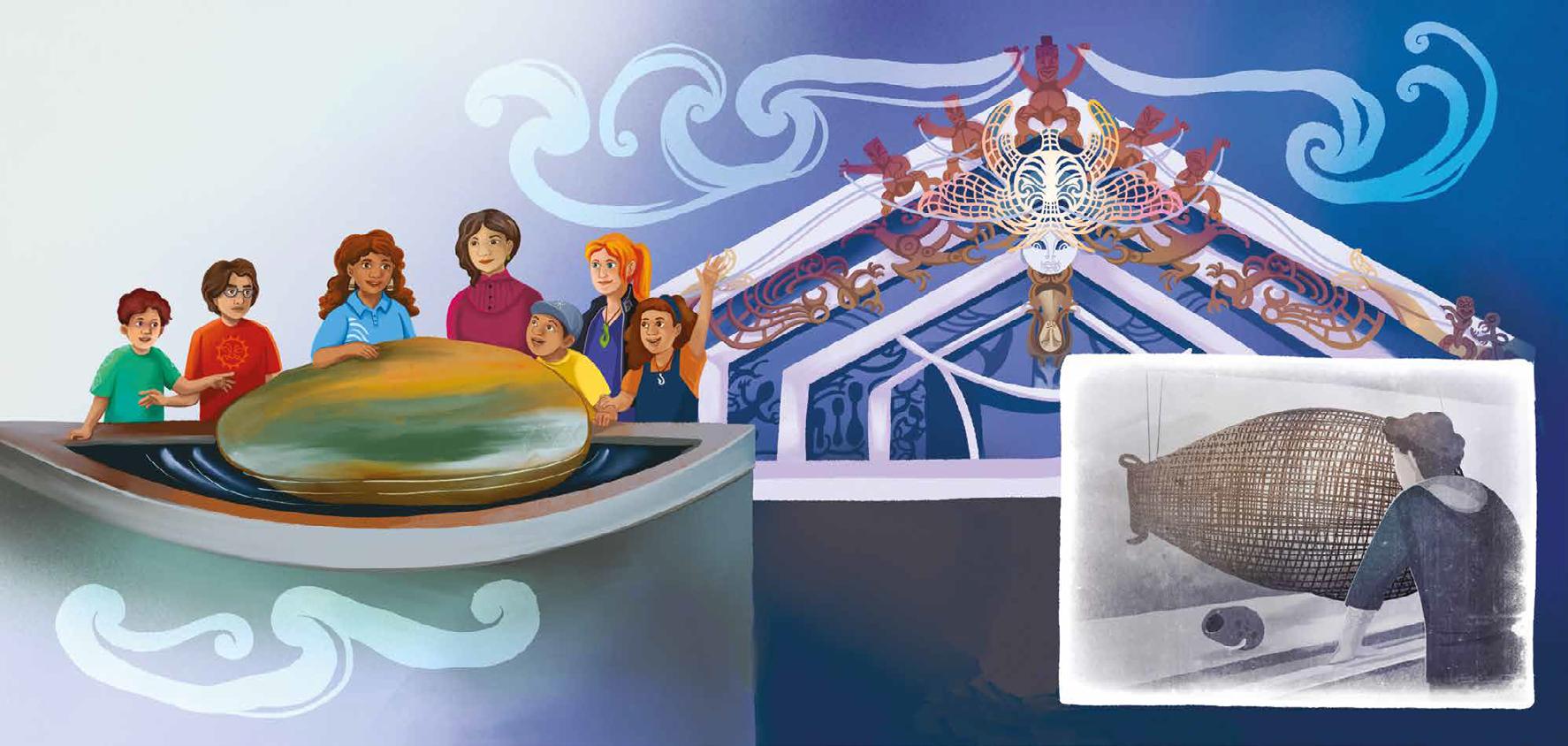
“This pounamu is an iho, and its energy is powerful. It will help us find your pāpā,” she says.
“He might have made a special connection with a taonga. We call that te hononga. If te hononga is strong, a person can lose themselves in the world of the taonga.”
“You
pounamu = greenstone iho = thing that protects mauri (the life force) taonga = treasure hīnaki = eel trap
LITM_TXT_FINAL.indd
“What’s another taonga your pāpā saw today?” asks the host.
pouākai = Haast’s eagle
“The giant moa bone,” says my brother.
LITM_TXT_FINAL.indd
TE REO MĀORI
He Paki Taonga i a Māui
Fully and exclusively written in te reo Māori and aimed at children aged seven to eleven, from Kupe’s anchor stone and Ruhia’s cloak, to a flute like the one used by Tutanekai, and Willie Apiata’s uniform, this treasury of stories – old and new –from Aotearoa springs from taonga held at Te Papa, and is accompanied by amazing images by some of Aotearoa’s best young illustrators. Te reo Māori version.
“The history you thought you knew is usually told from a European perspective – but that’s just one side of the story.”
David Brechin-Smith, Editor Q&A
PUBLISHED: November 2019
ISBN: 978-0-9951136-1-9
Hardback, 196 x 257 mm, 160 pages, $29.99
“The book helps build te reo Māori skills for learners of the language, while also sharing valuable knowledge about taonga and prompting an understanding of mātauranga Māori.”
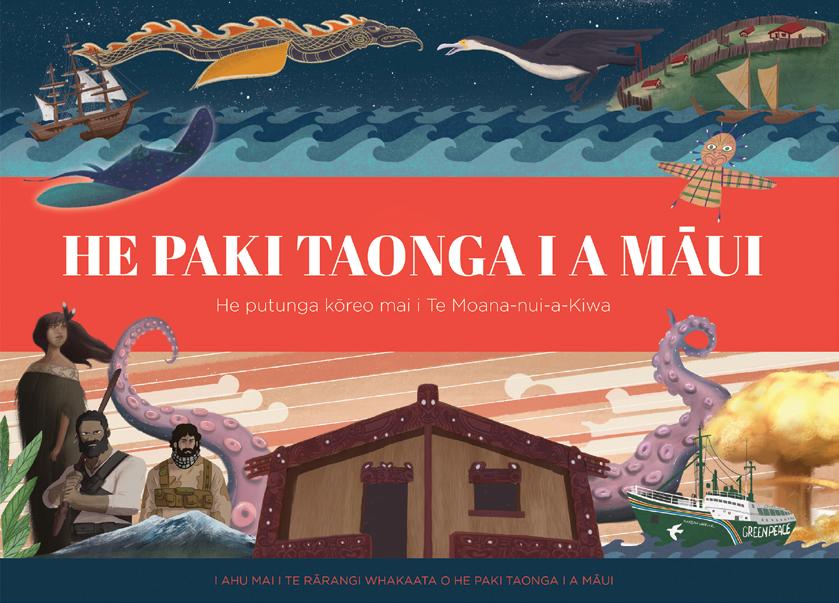
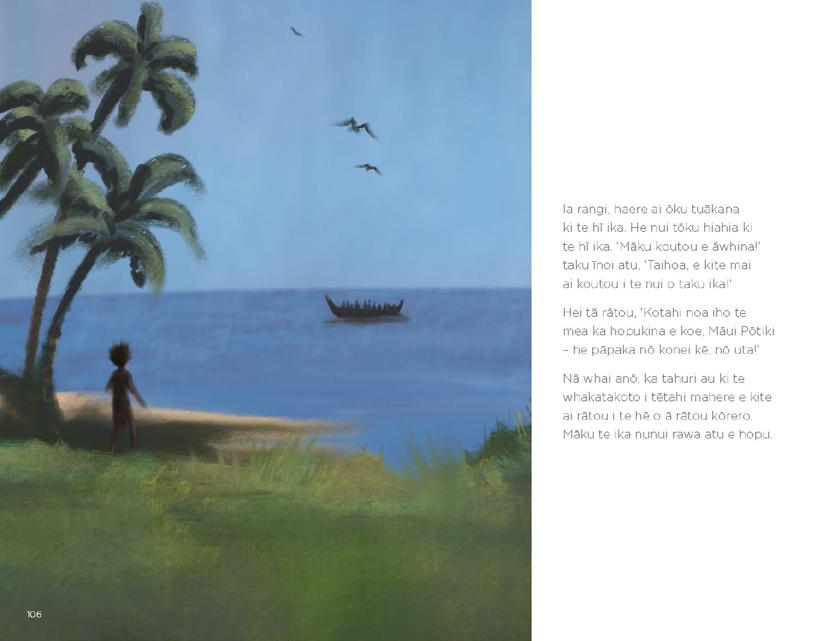
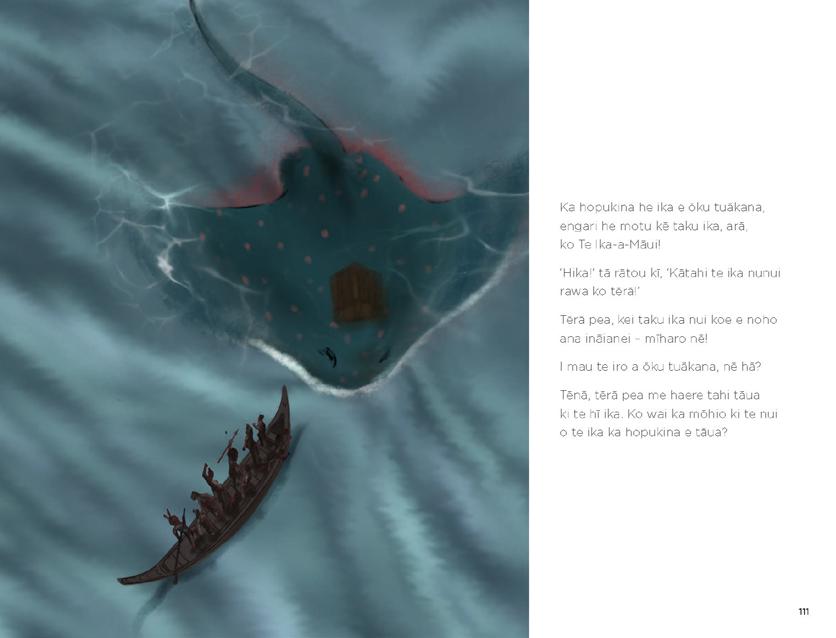
SĀMOAN
Going to Te Papa |
Asiasiga ‘i le Falemata‘aga i Te Papa
WRITTEN BY DAHLIA MALAEULU
TRANSLATED
BY NIUSILA FAAMANATU-ETEUATI
A beautiful board book for babies, toddlers and their families, featuring measina – or treasures – from Sāmoa in the collection of Museum of New Zealand Te Papa Tongarewa.
With warm and friendly text in both Sāmoan and English, and with rich cultural content, it is a perfect gift for any baby and their family.
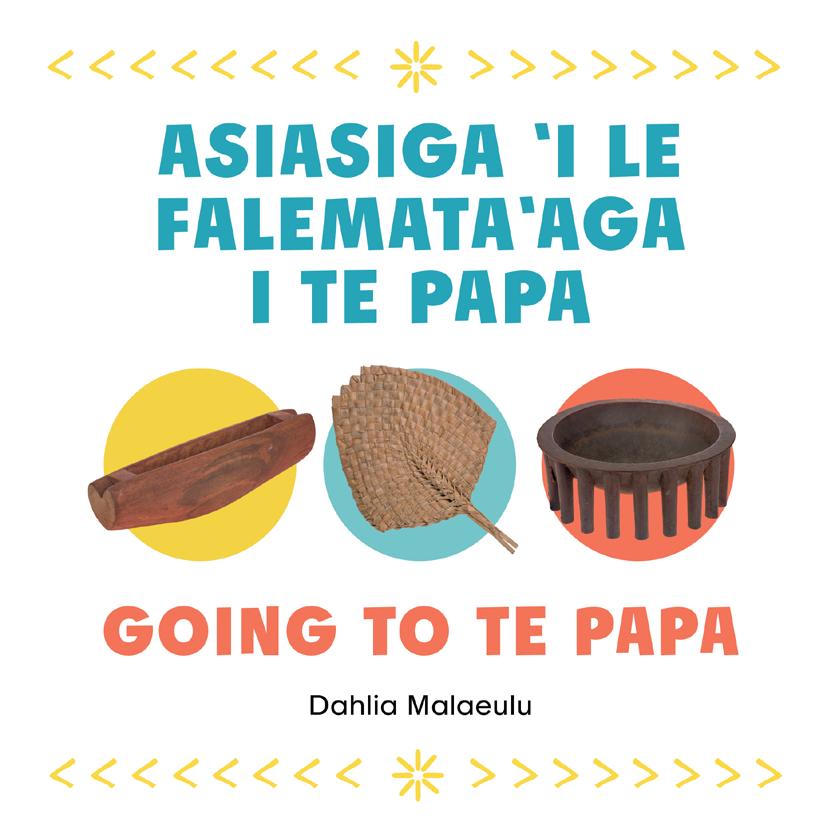
“[This is] the first Samoan bilingual board book for Te Papa Tongarewa. It’s also the first time we will have a range of stories [in which our culture] will be able to see themselves, their language and culture across all schooling levels.”
Samoa Observer
“I really want readers to understand that our Samoan language and culture are assets and can be a gateway to learning more about ourselves and others. That who they are and what they know is important. This is why I hope that this book encourages all our tamaiti and their families to explore and learn more about our Samoan language and culture through our beautiful measina and by sharing their own stories.”
Dahlia Malaeulu, Author Q&A
DAHLIA MALAEULU is a Sāmoan author and teacher. She lives in Wainuiomata, Wellington.
NIUSILA FAAMANATU-ETEUATI is a lecturer in the School of Languages and Cultures, at Victoria University of Wellington.
PUBLISHED: May 2021
ISBN: 978-0-9951384-6-9 Board book, 160 x 160 mm, 26 pages, $19.99
BOARD BOOKS
My Little Book of Bugs
A beautiful board book for New Zealand babies and their whānau, featuring amazing photos of bugs in the Te Papa collection. In both English and te reo Māori, it is a perfect gift for any baby and will be welltreasured.
PUBLISHED: September 2020
ISBN: 978-0-9951338-7-7
Boardbook, 160 x 160 mm, 34 pages, $19.99
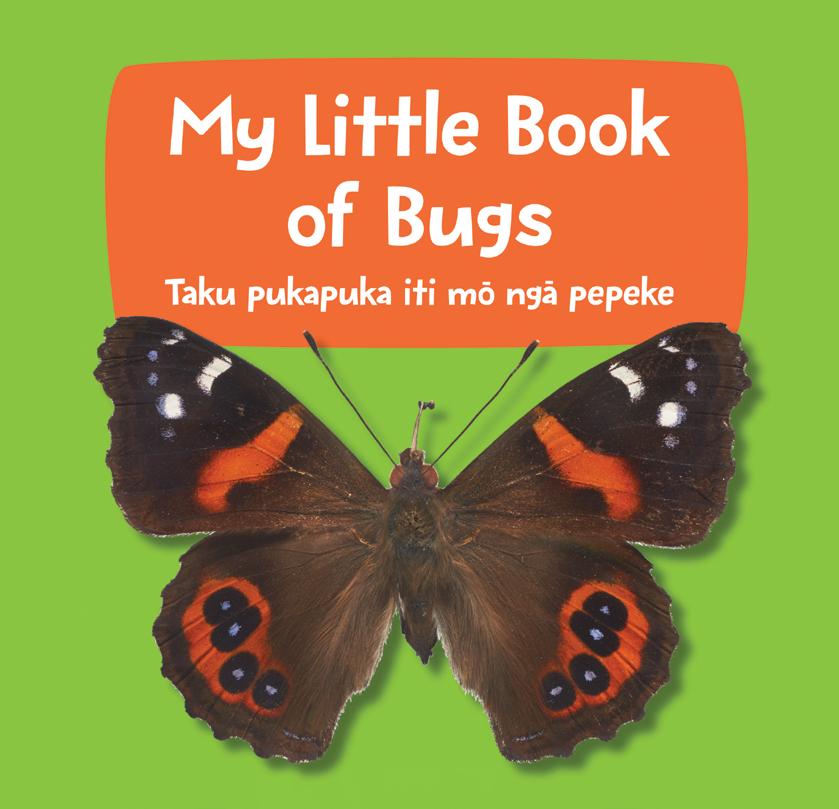
“A simple, clear, informational design incorporating bold colours that makes for a great educational book for young readers. This book proves that good design can elevate the simplest book into a wonderful, tactile reading experience. Highly detailed photography gets readers up close to the various bugs; it’s great for wonder and discussion.”
Judges’ comments, 2021 PANZ Book Design Awards
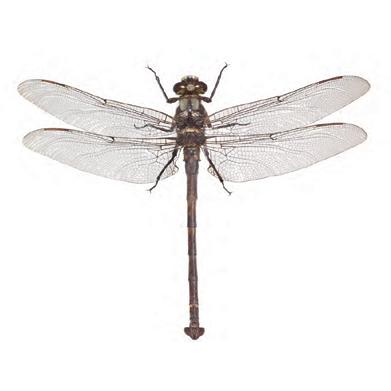
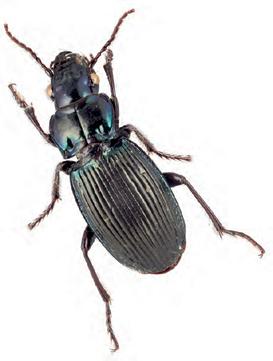
dragonfly kapowai
Dragonflies
My New Zealand Board Books
JAMES BROWN
Beautiful and interesting paintings, sculptures, photographs and objects from Te Papa’s collections take centre stage in these books for very young readers (0–3 year olds). My New Zealand ABC Book, My New Zealand 123 Book and My New Zealand Colours Book feature fun and engaging text that invites children to inspect each art work closely for intriguing details and repeated motifs.
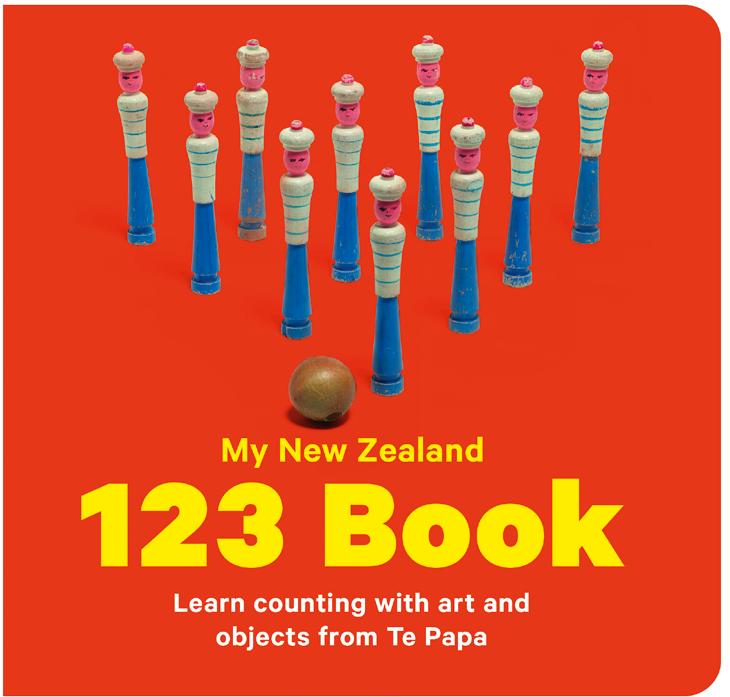
PUBLISHED: November 2014
ISBN (ABC): 978-0-9876688-8-2
ISBN (123): 978-0-9876688-7-5
ISBN (COLOURS): 978-0-9876688-9-9 Boardbook, 160 x 160 mm, 38–40 pages, $19.99

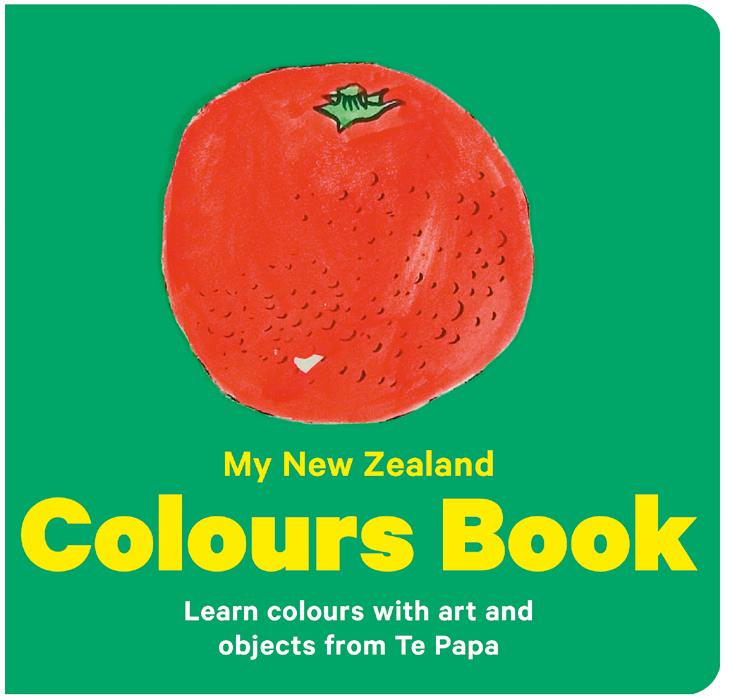

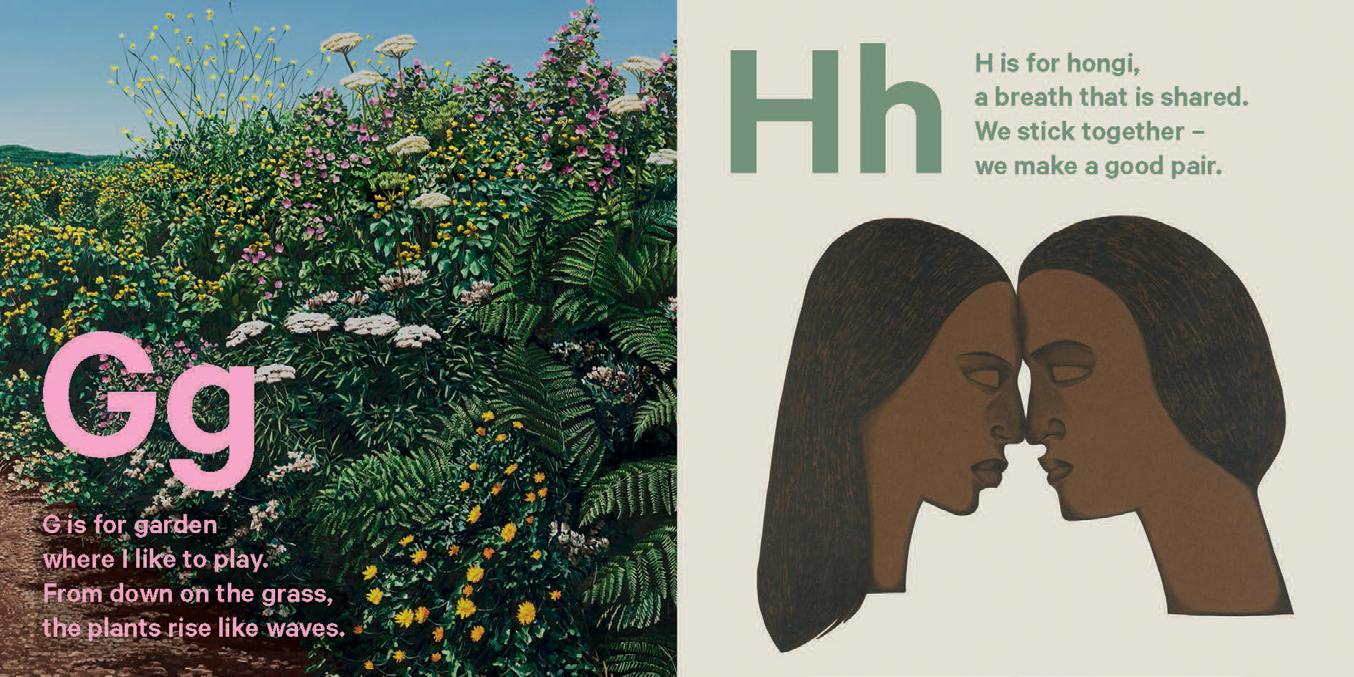
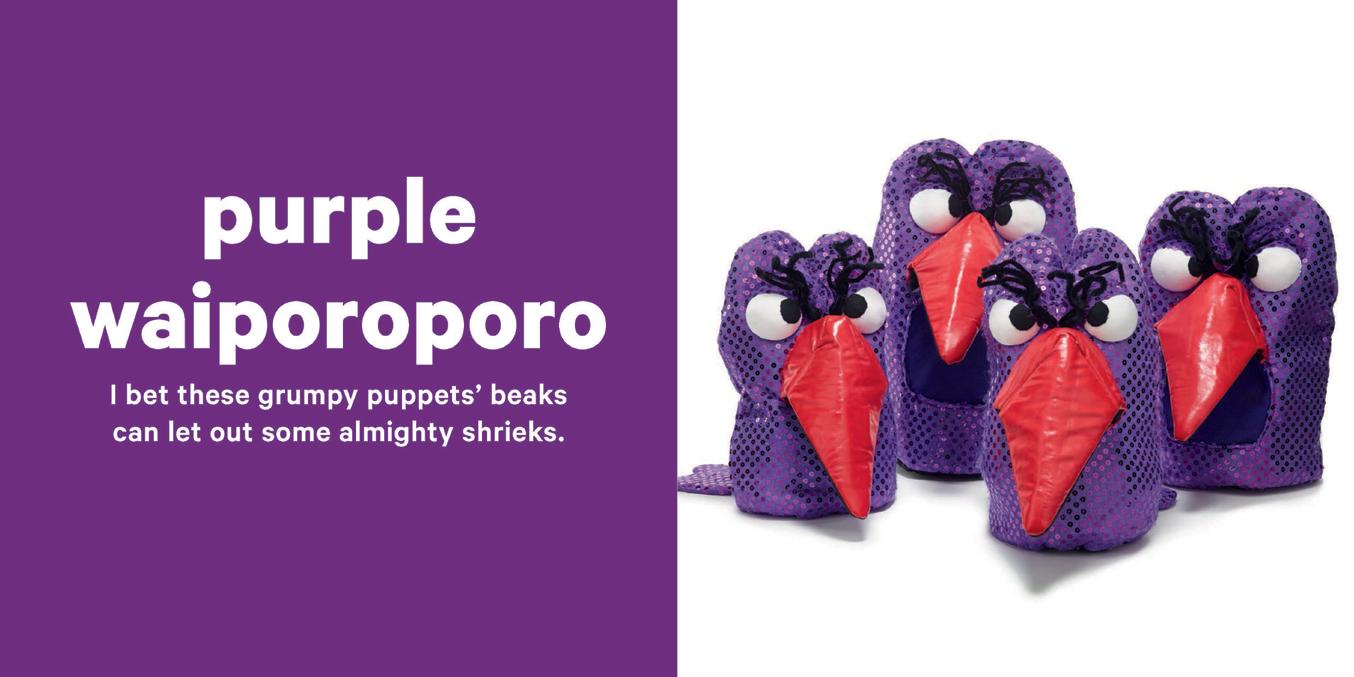
SALES AND DISTRIBUTION
INDIVIDUAL SALES
Te Papa Press titles are available from Te Papa Store, either in person or online (www.tepapastore.co.nz), through BookHub (www.bookhub.co.nz), and from all good bookshops throughout New Zealand.
TRADE SALES AND DISTRIBUTION
NEW ZEALAND
SALES AND INFORMATION
Archetype Book Agents
17 Cascade Avenue, Waiatarua
Auckland 0604
PHONE: +64 9 814 9455
FAX: +64 9 814 9453
EMAIL: neilb@archetype.co.nz www.archetype.co.nz
AUSTRALIA
John Reed Books
2/11 Yandala Street, Tea Gardens
New South Wales 2234, Australia
EMAIL: sales@johnreedbooks.com.au
UK & EUROPE
Gazelle Book Services Ltd
White Cross Mills, Hightown, Lancaster LA1 4XS
UK
PHONE: +44 (0)1524 528500
FAX: +44 (0)1524 528510
EMAIL: sales@gazellebookservices.co.uk
DISTRIBUTION
Upstart Distribution
Unit B, 26 Greenpark Road, Penrose Auckland 1061
PHONE: +64 9 280 3205
FAX: +64 9 281 3090
EMAIL: orders@upstartdist.nz www.upstartdist.nz
NORTH AMERICA
Independent Publishers Group 814 North Franklin Street, Chicago, IL 60610
United States
PHONE: +800 888 IPG1 (4741)
FAX: +1 312 337 5985
EMAIL: frontdesk@ipgbook.com
CONTACT DETAILS
Te Papa Press
Museum of New Zealand Te Papa Tongarewa
55 Cable Street, Wellington 6011
New Zealand
PO Box 467, Wellington 6140
New Zealand
EMAIL: tepapapress@tepapa.govt.nz www.tepapapress.co.nz
SIGN UP TO OUR MONTHLY NEWSLETTER
http://eepurl.com/gi2eQH @TePapaPress


@te_papa_press
COVER IMAGE: illustration by Ned Baurraud in Rākau: The Ancient Forests of Aotearoa
PAGE 4 IMAG E: image by Samuel Purdie iNaturalist/Samuelpurdiewildlife CC BY-NC, in The Incredible Insects of Aotearoa
PAGE 16 IMAG E: detail from K nowledge on a beam of starlight by Kerry Ann
PAGE
Lee in The New Zealand Art Activity Book (New Edition).
26 IMAG E: illustration by Isobel Joy Te Aho-White in Lost in the Museum
